Myriapods contain arthropods such as millipedes and centipedes. The group contains about 13,000 species, all of them terrestrial.
The fossil record of myriapods reaches back into the late Wenlock epoch of the late Silurian, although molecular evidence suggests a diversification in the Cambrian Period, and Cambrian fossils exist which resemble myriapods.
Myriapods have a single pair of antennae and, in most cases, simple eyes. Exceptions are the two classes symphylans and pauropods, and the millipede order Polydesmida and the centipede order Geophilomorpha, which are all eyeless. The house centipedes (Scutigera) on the other hand, have large and well-developed compound eyes. The mouthparts lie on the underside of the head, with an “epistome” and labrum forming the upper lip, and a pair of maxillae forming the lower lip. A pair of mandibles lie inside the mouth. Myriapods breathe through spiracles that connect to a tracheal system similar to that of insects. There is a long tubular heart that extends through much of the body, but usually few, if any, blood vessels.
Malpighian tubules excrete nitrogenous waste into the digestive system, which typically consists of a simple tube. Although the ventral nerve cord has a ganglion in each segment, the brain is relatively poorly developed.
During mating, male myriapods produce a packet of sperm (spermatophore), which they must transfer to the female externally. This process is often complex and highly developed. The female lays eggs which hatch as much-shortened versions of the adults, with only a few segments and as few as three pairs of legs. The young add additional segments and limbs as they repeatedly molt to reach the adult form.
The process of adding new segments during postembryonic growth is known as anamorphosis, of which there are three types: euanamorphosis, emianamorphosis, and teloanamorphosis. In euanamorphosis, every molt is followed by addition of new segments, even after reaching sexual maturity; in emianamorphosis, new segments are added until a certain stage, and further molts happen without addition of segments; and in teloanamorphosis, where the addition of new segments stops after the adult form is reached, after no further molts occur.
Myriapods are most abundant in moist forests, where they fulfill an important role in breaking down decaying plant material, although a few live in grasslands, semi-arid habitats or even deserts. A very small percentage of species are littoral (found along the seashore). The majority are detritivorous, except for centipedes, which are chiefly nocturnal predators.
A few species of centipedes and millipedes can produce light and are therefore bioluminescent. Millipedes differ from the other groups in having their body segments fused into pairs, giving the appearance that each segment bears two pairs of legs, while the other groups have a single pair of legs on each body segment.
Although not generally considered dangerous to humans, many millipedes produce noxious secretions (often containing benzoquinones) which in rare cases can cause temporary blistering and discolouration of the skin. Large centipedes, however, can bite, and although the bite may cause intense pain and discomfort, fatalities are extremely rare.
Source: Wikipedia
Chilopoda (Centipedes)
Family Schendylidae
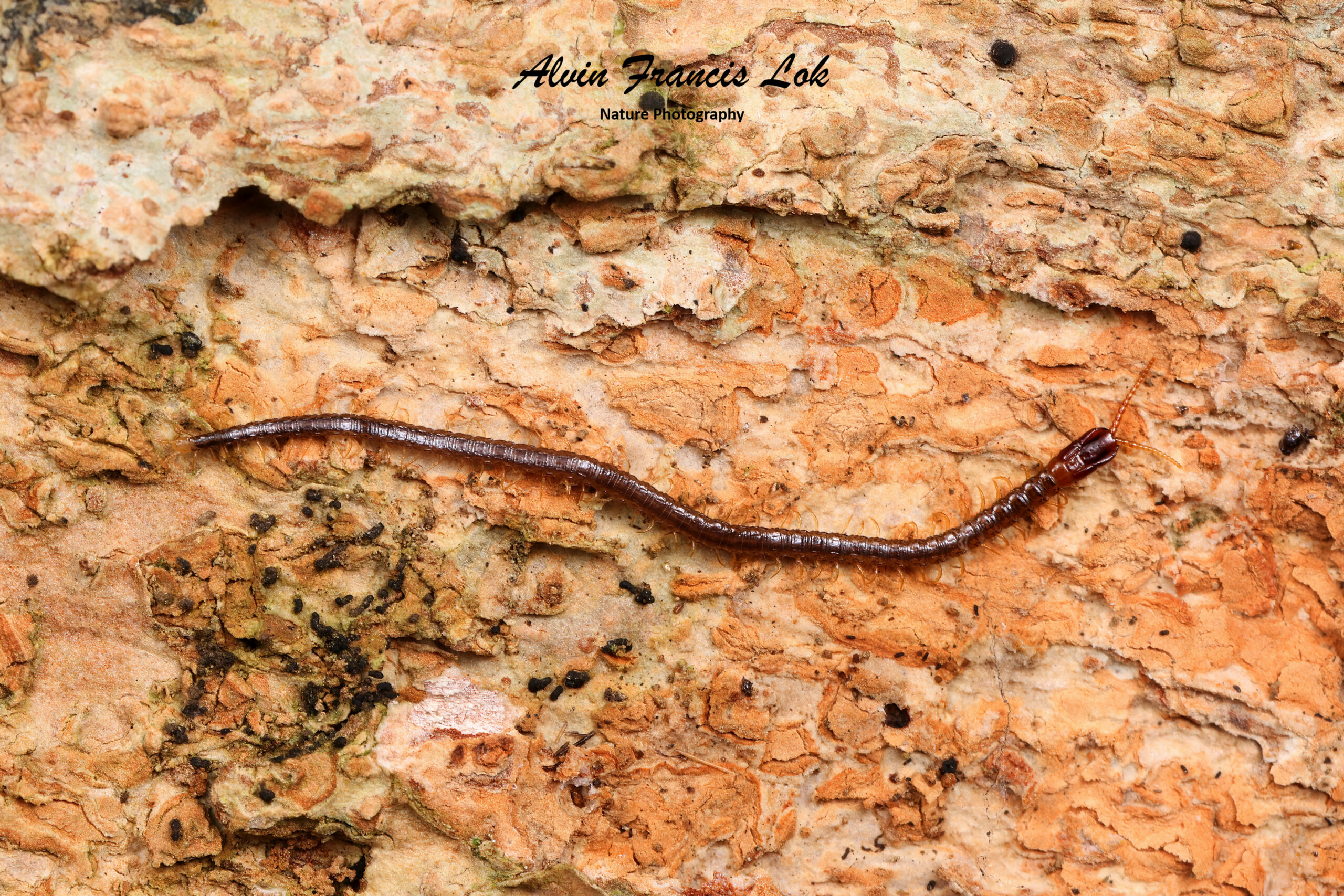
(Singapore)
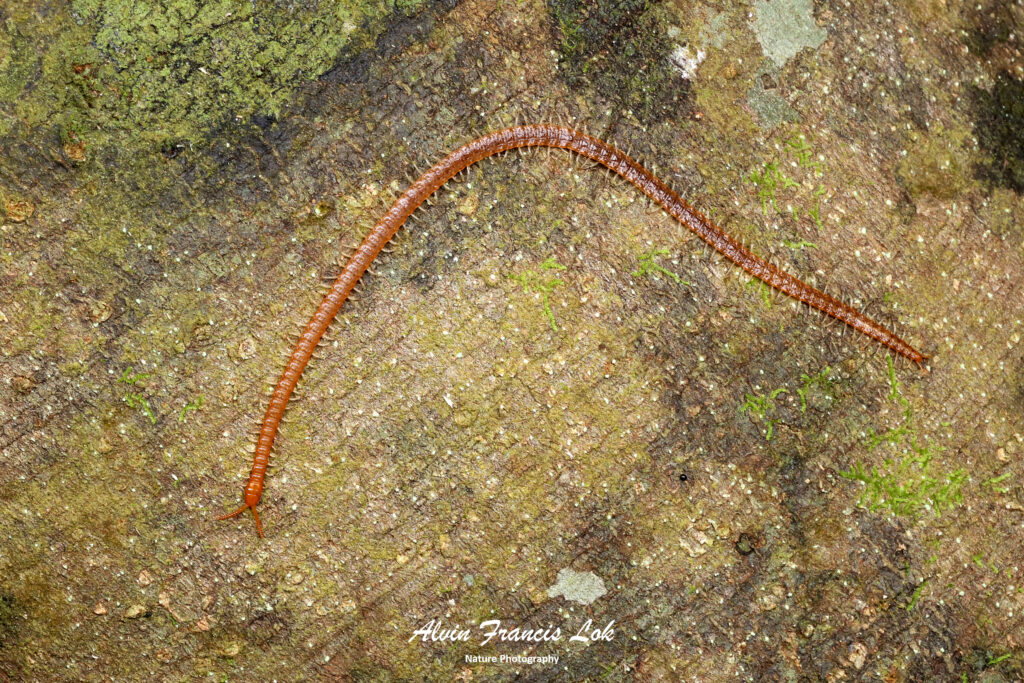
(Singapore)
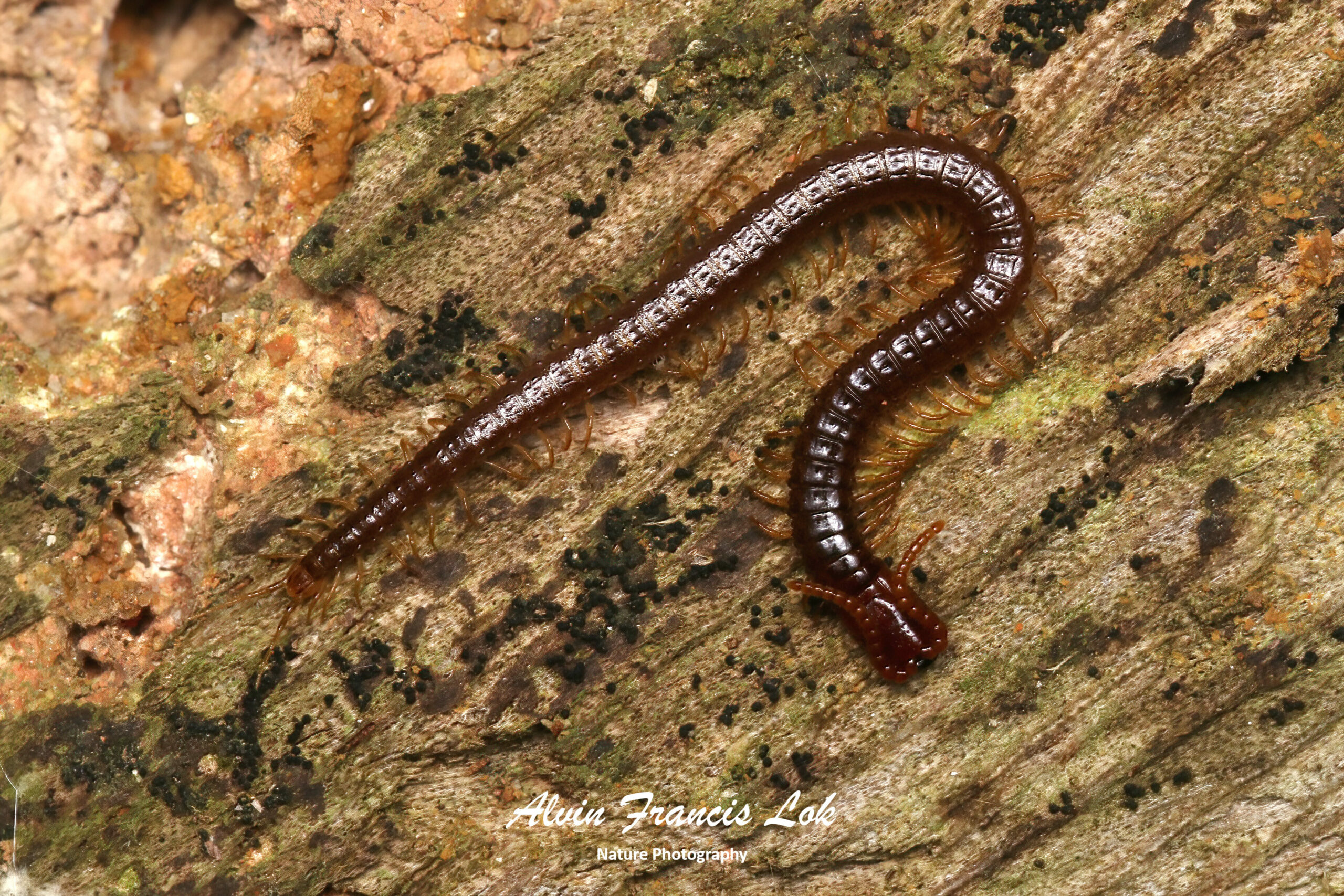
(Singapore)
Family Scolopendridae (Scolopendrid Centipedes)
Subfamily Otostigminae
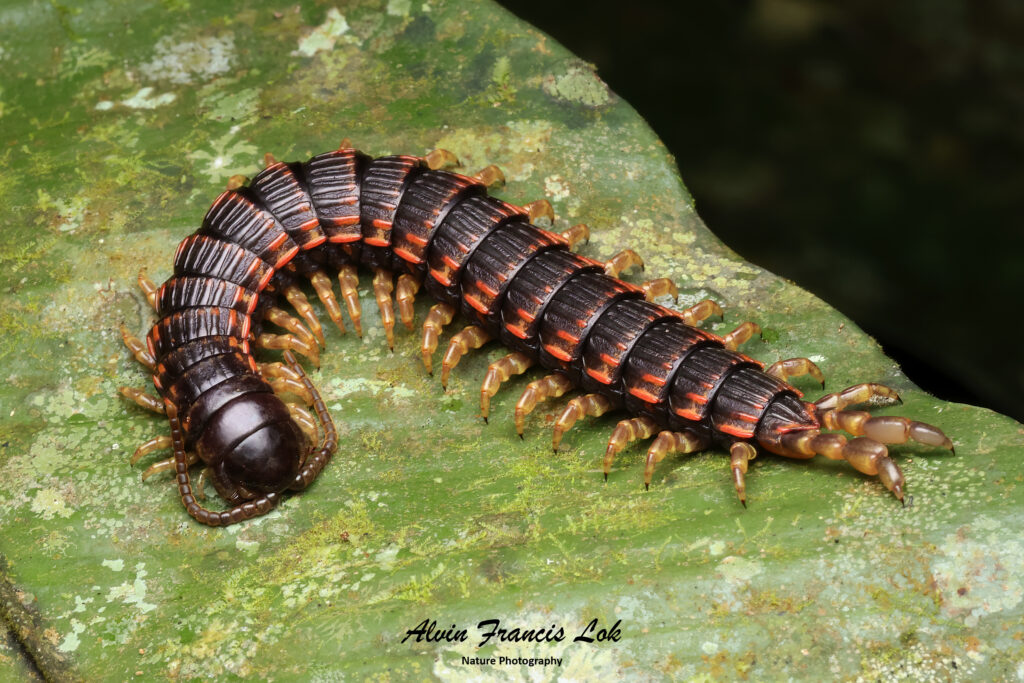
(Sabah, Malaysia)
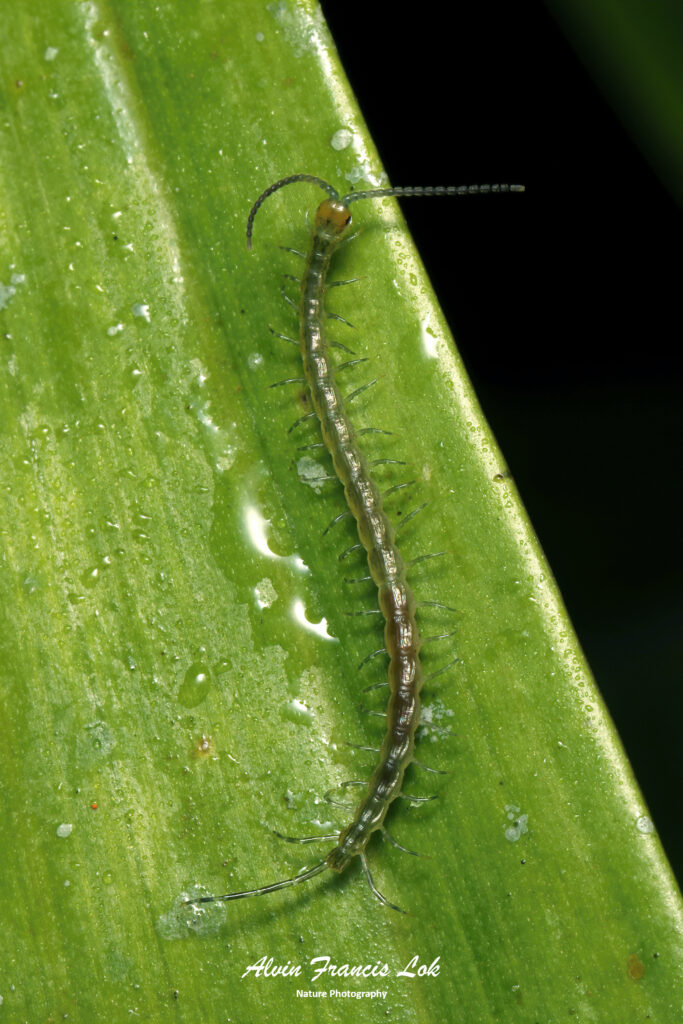
(Singapore)
Subfamily Scolopendrinae
Scolopendra subspinipes (Singapore)
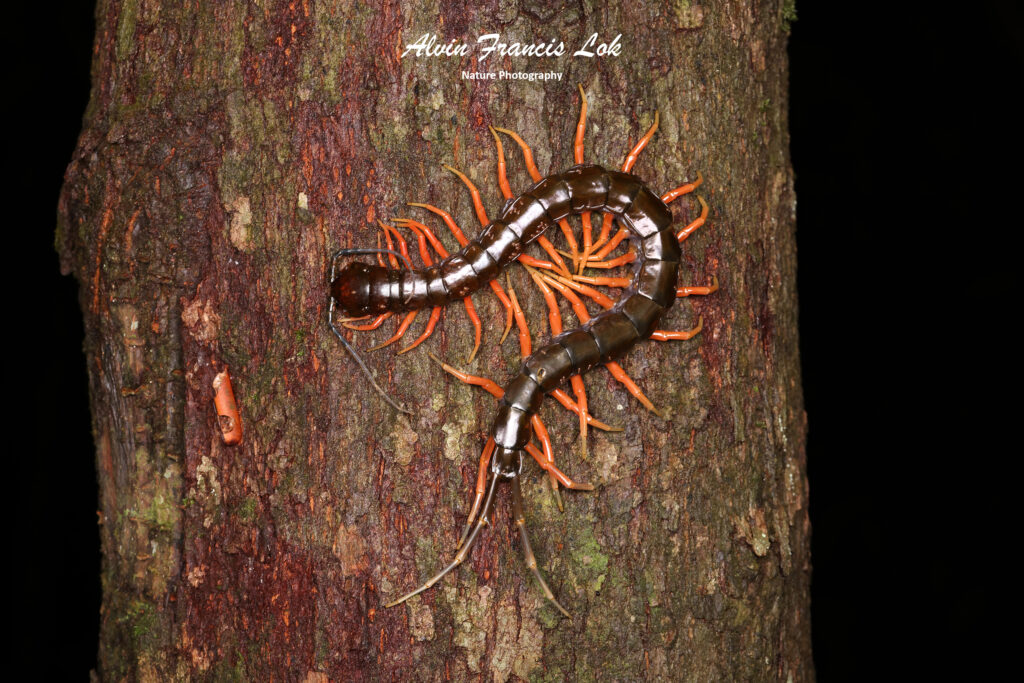
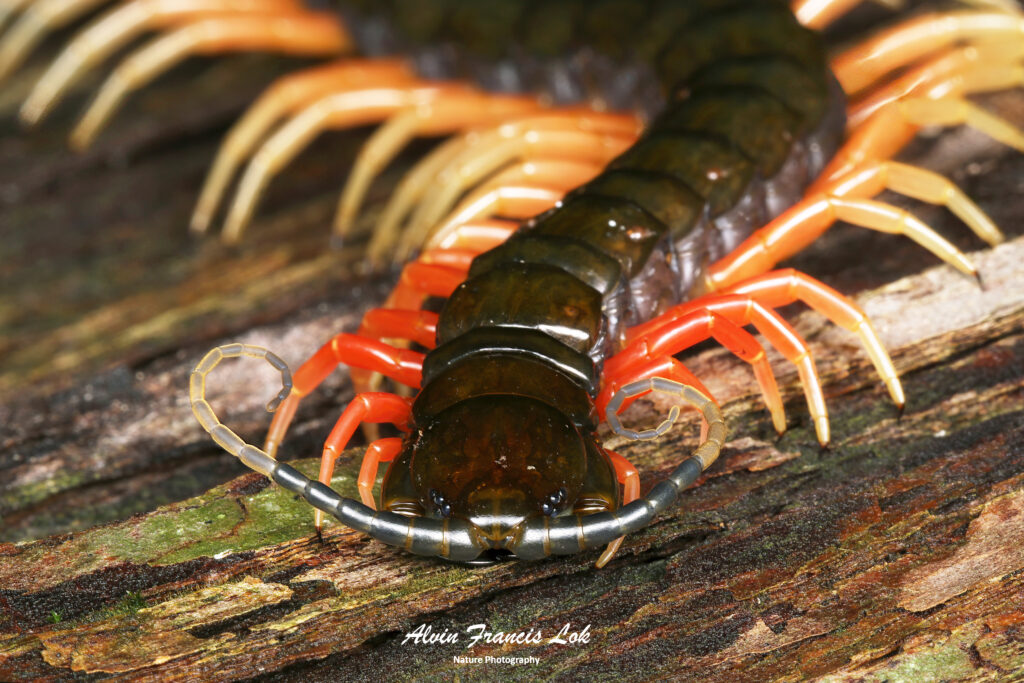
Family Scutigeridae (Typical House Centipedes)
Subfamily Thereuoneminae
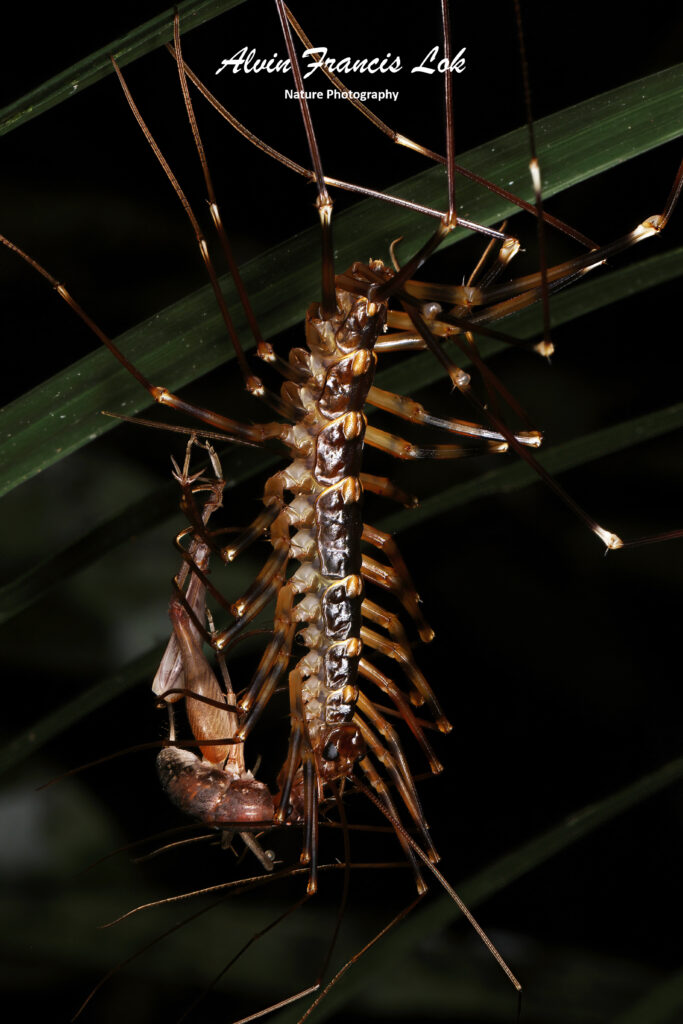
(Singapore)
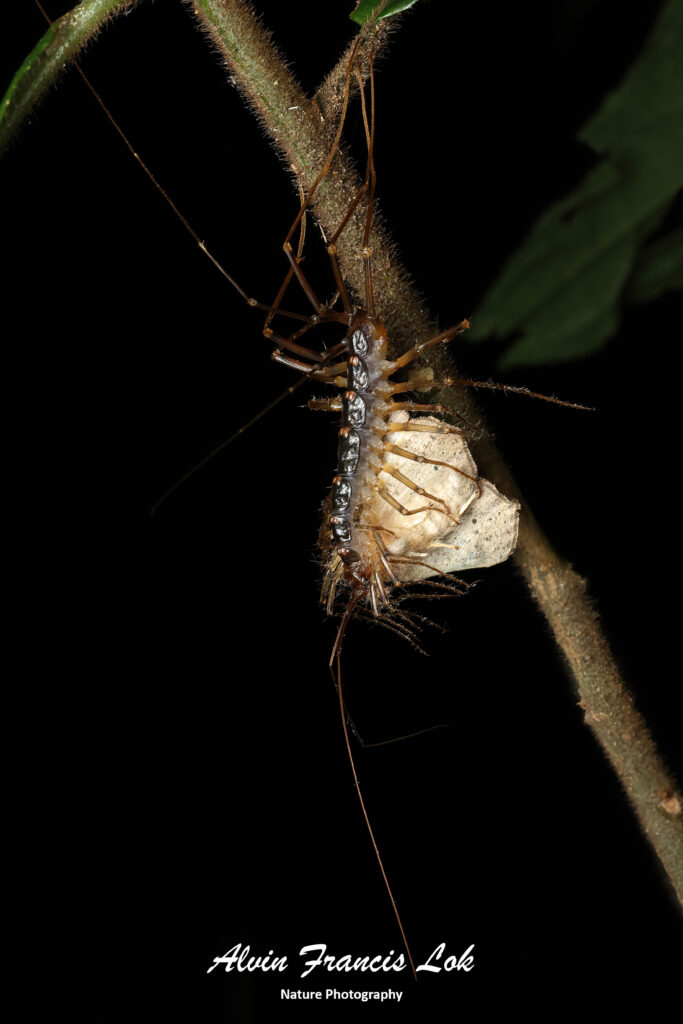
(Doi Inthanon, Thailand)

(Sarawak, Malaysia)
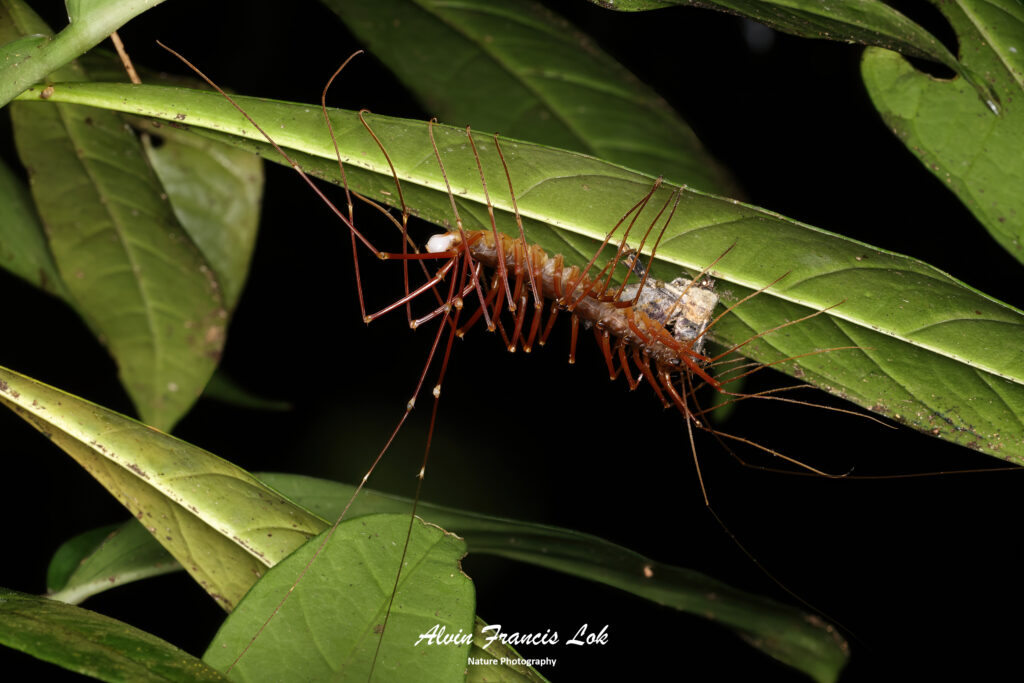
(Khao Sok NP, Thailand)
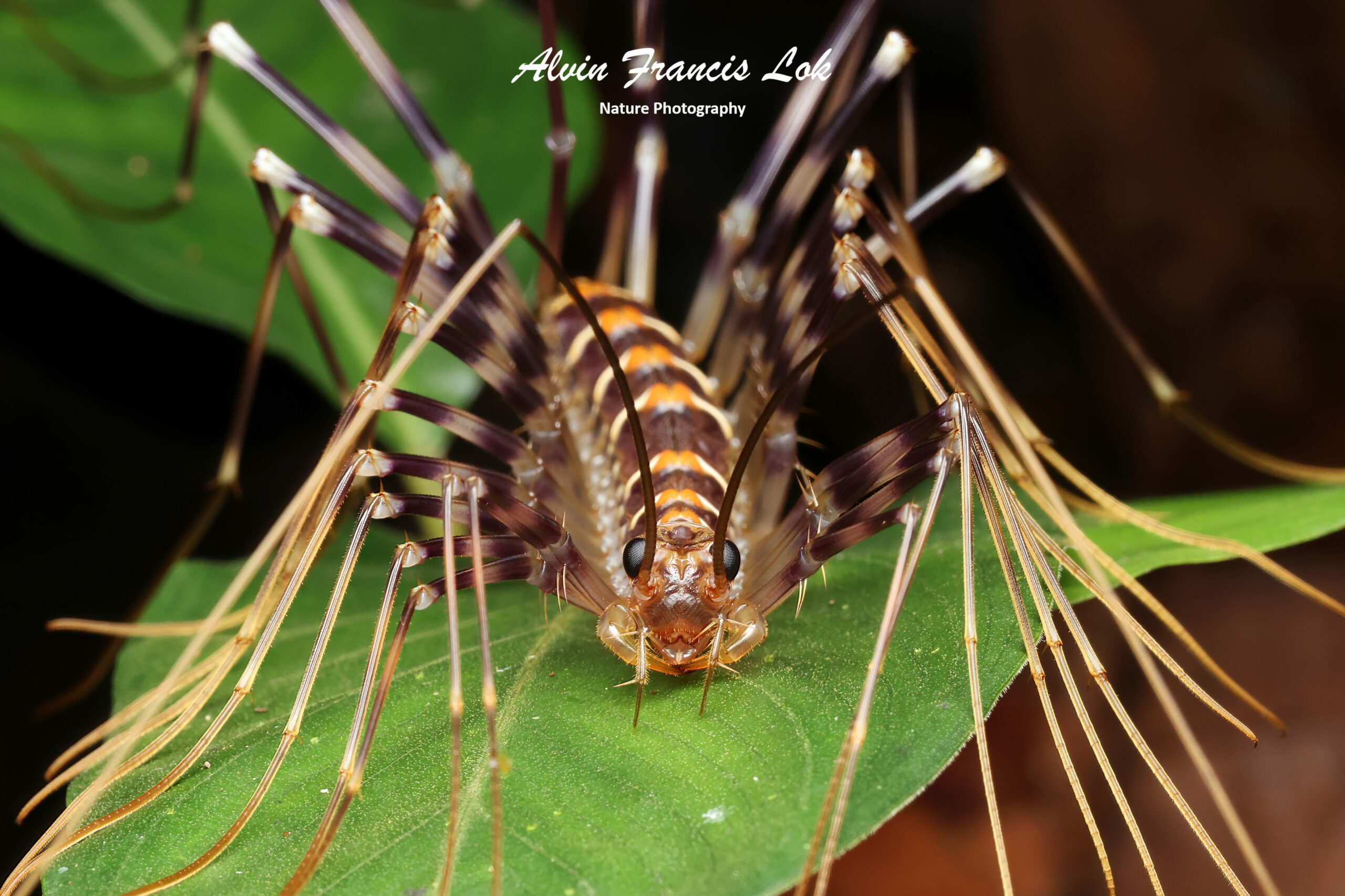
(Tawau Hills, Sabah, Malaysia)
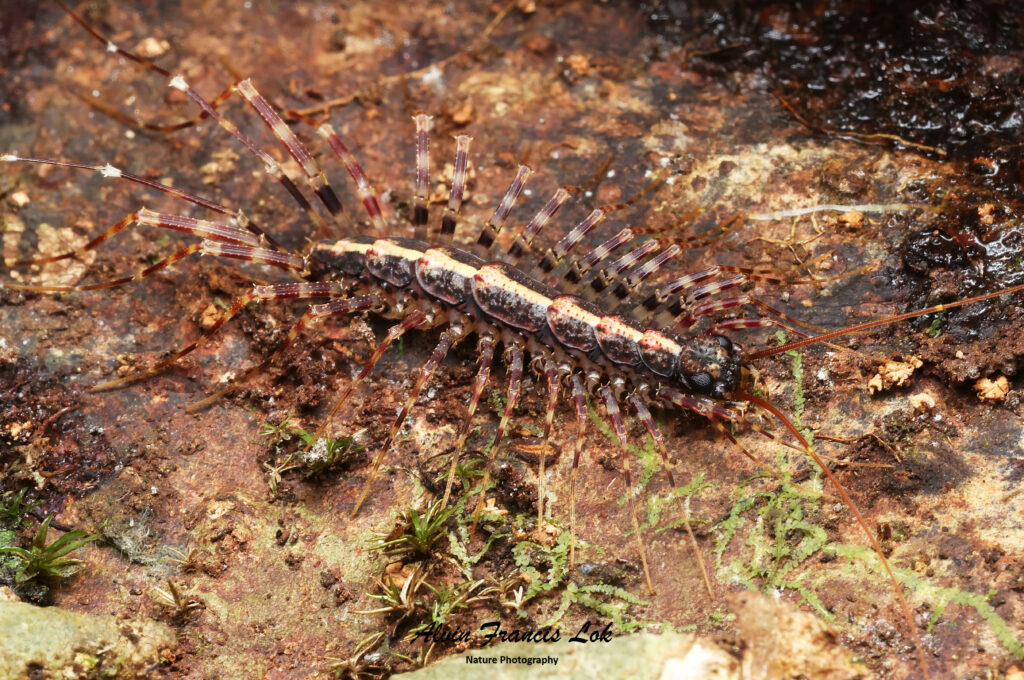
(Sarawak, Malaysia)
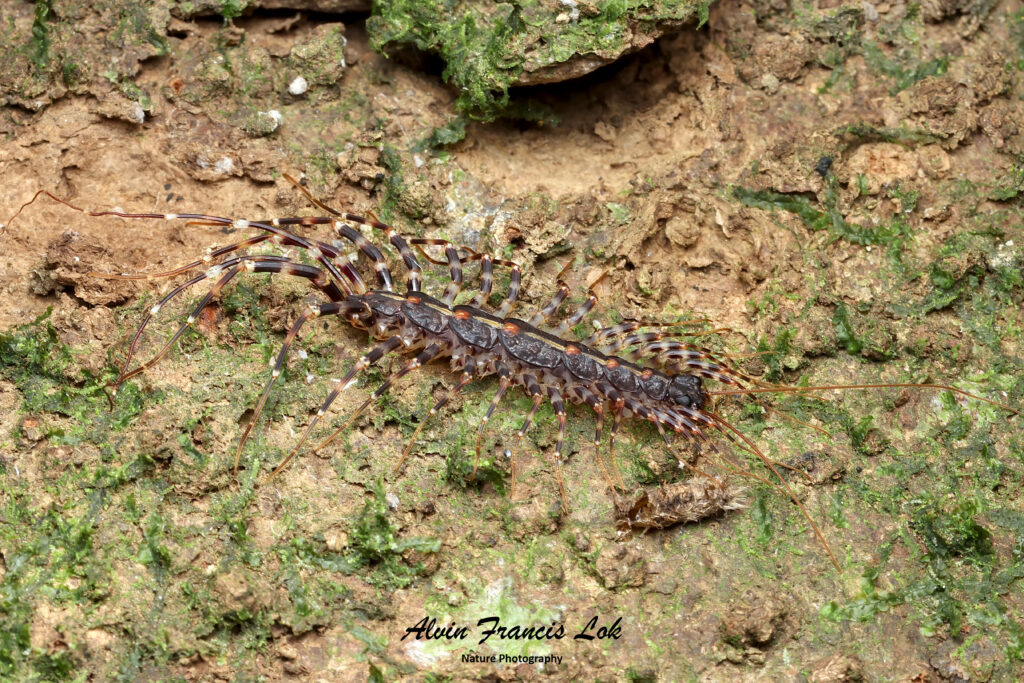
(Pahang, Malaysia)
Diplopoda (Milipedes)
Family Andrognathidae
Subfamily Bazillozoniinae

(Sarawak, Malaysia)
Family Arthrosphaeridae (Malagasy and Indian Pill Millipedes)
Zoosphaerium neptunus (Andasibe, Madagascar)
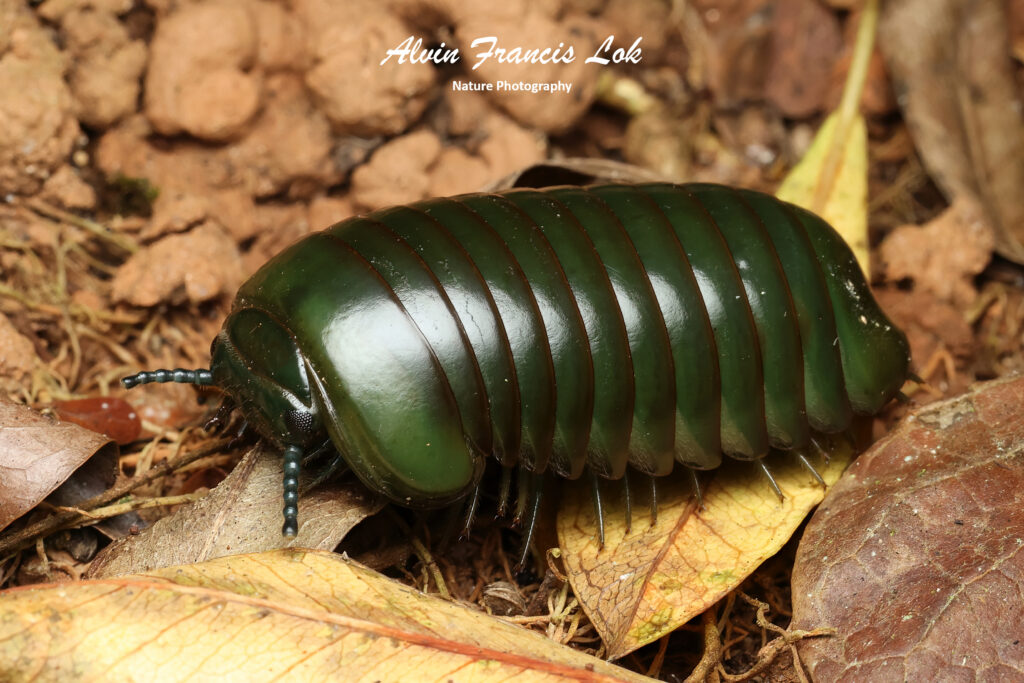
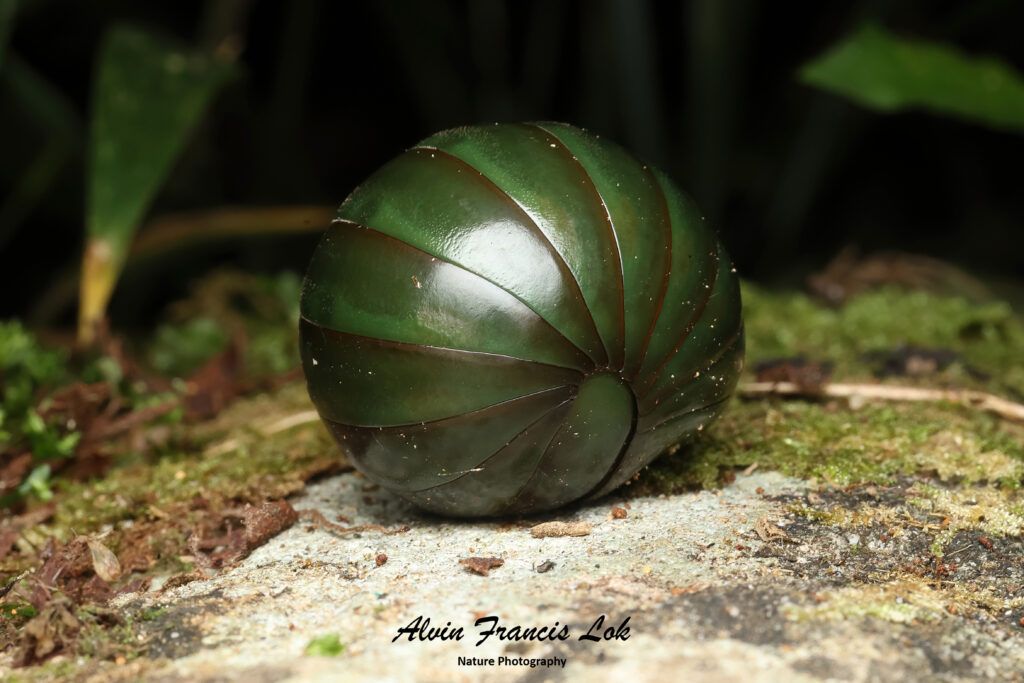
Family Pachybolidae
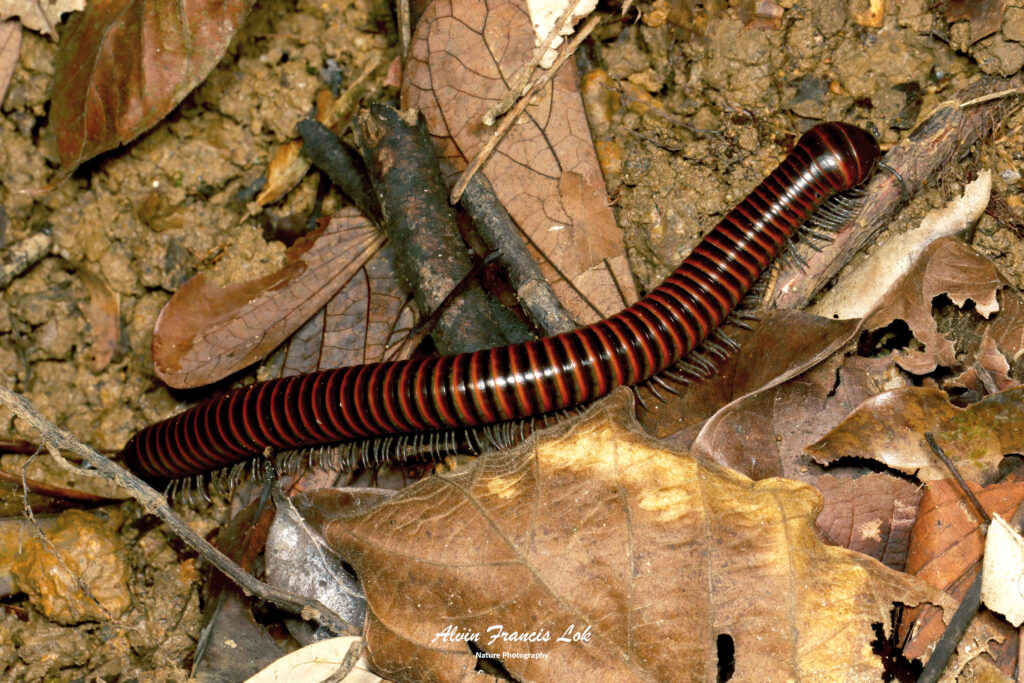
(Singapore)
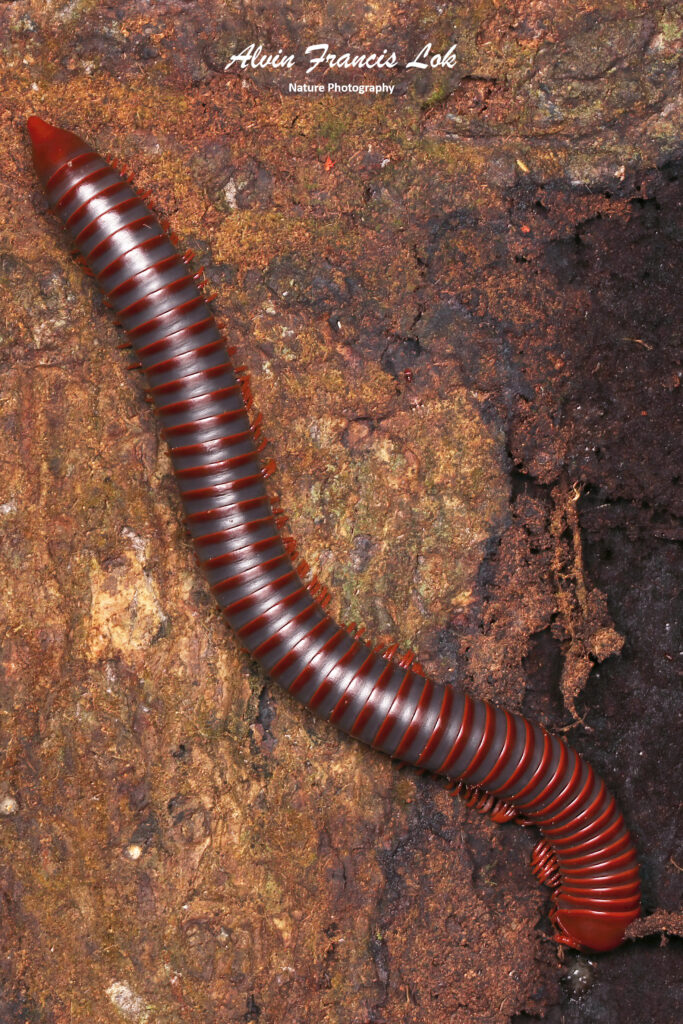
(Singapore)
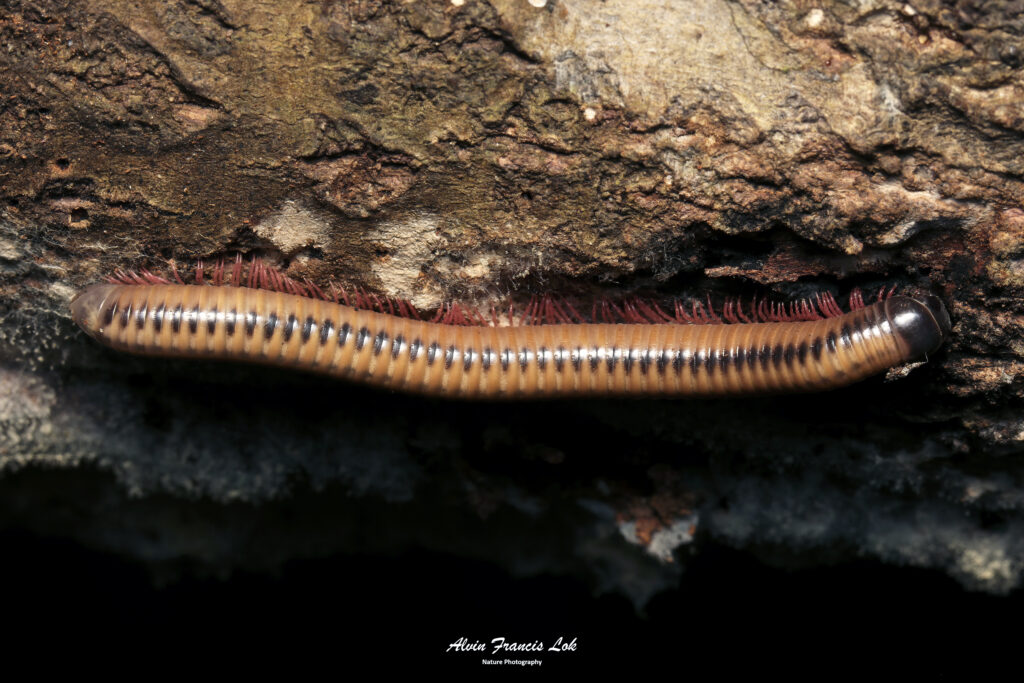
(Singapore)
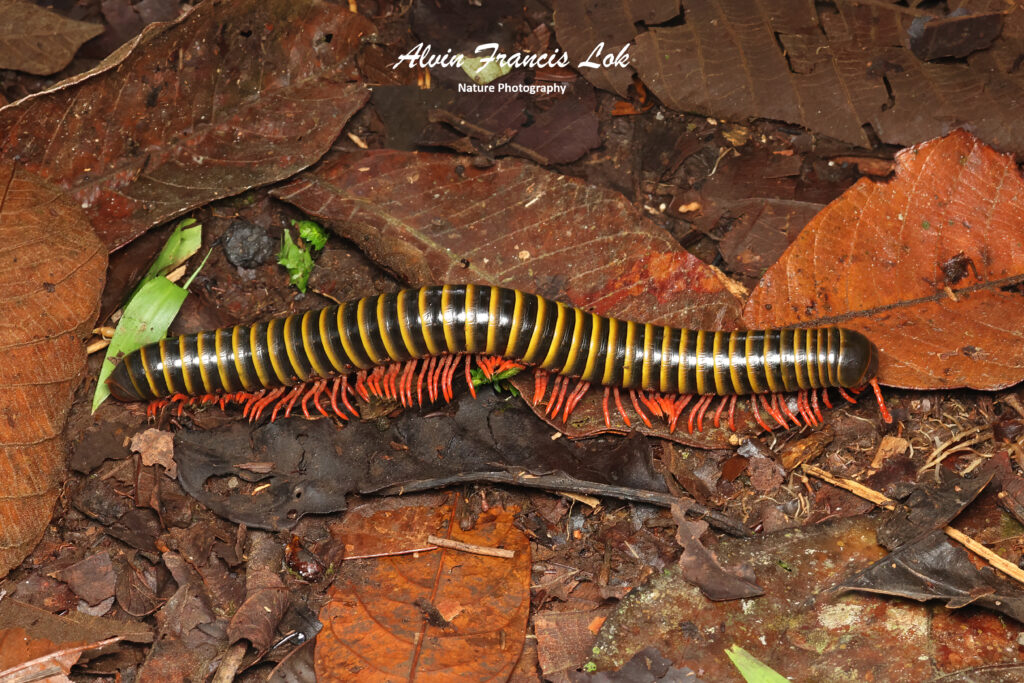
(Sumaco, Ecuador)
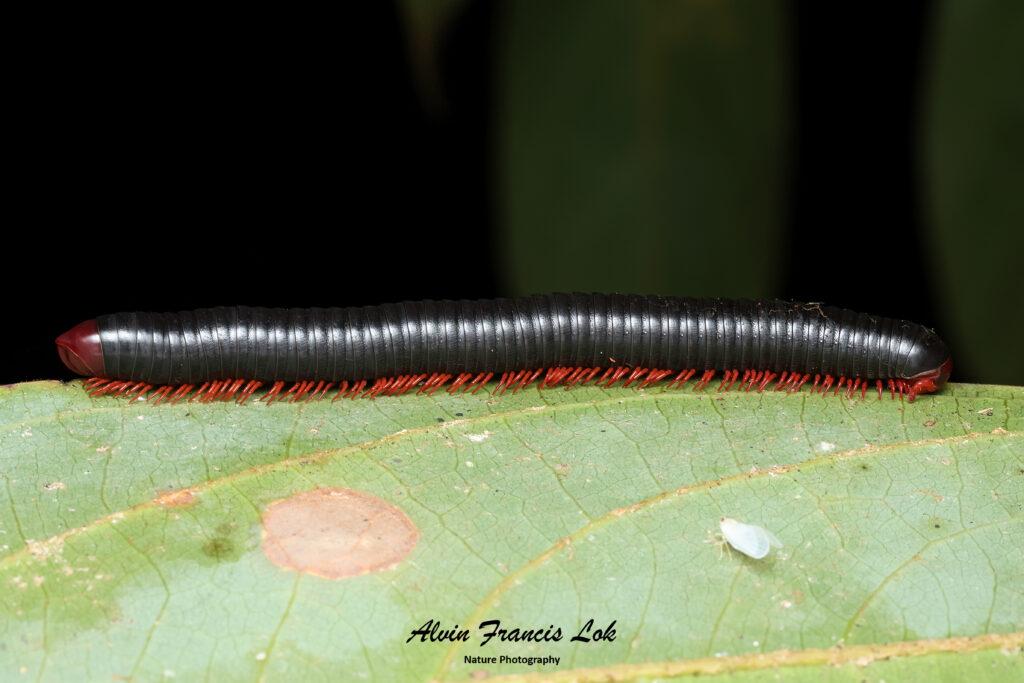
(Sarawak, Malaysia)
Family Paradoxosomatidae
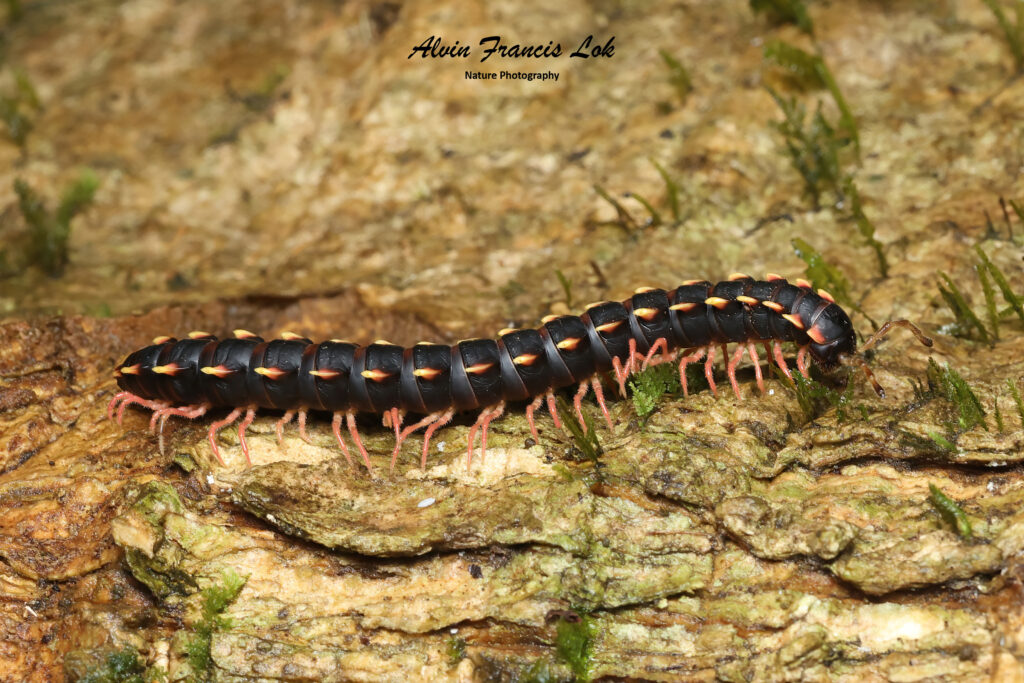
(Sarawak, Malaysia)
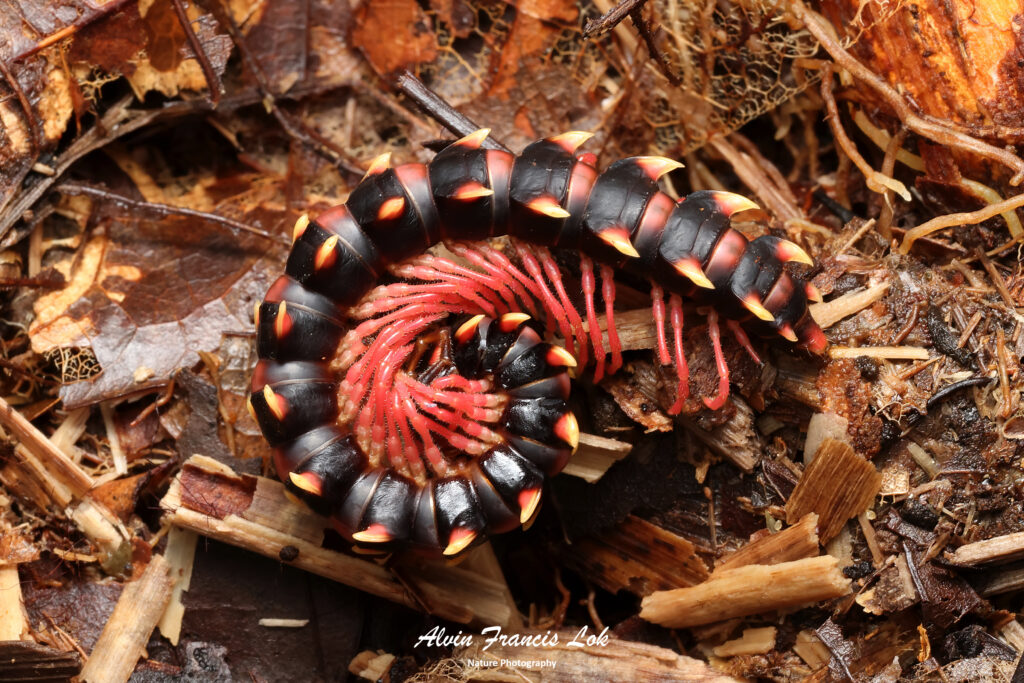
(Sarawak, Malaysia)
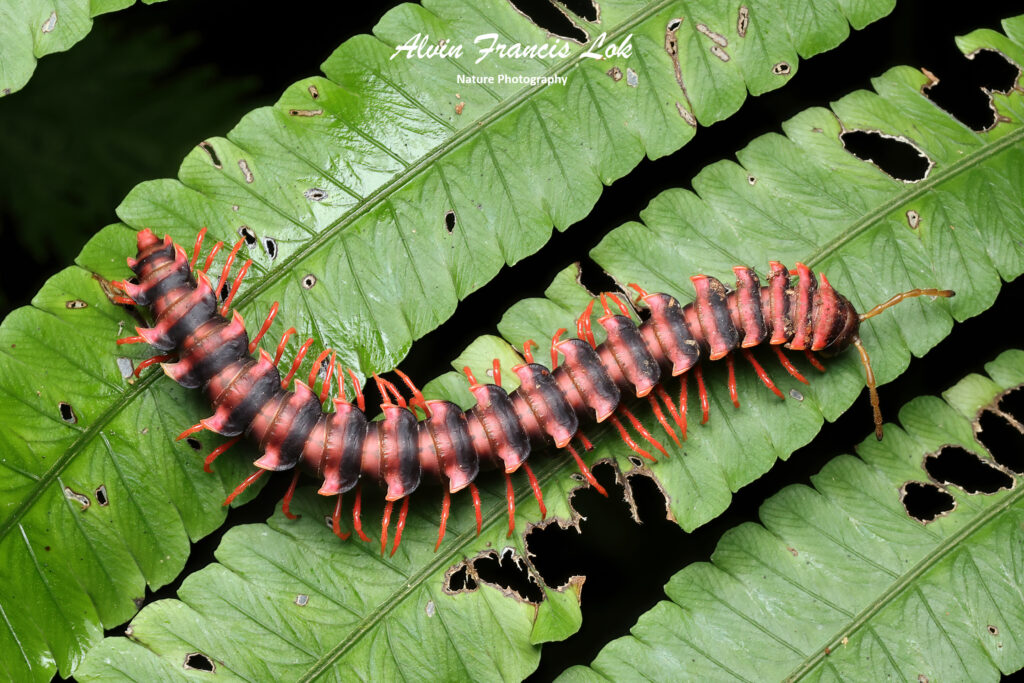
(Sabah, Malaysia)
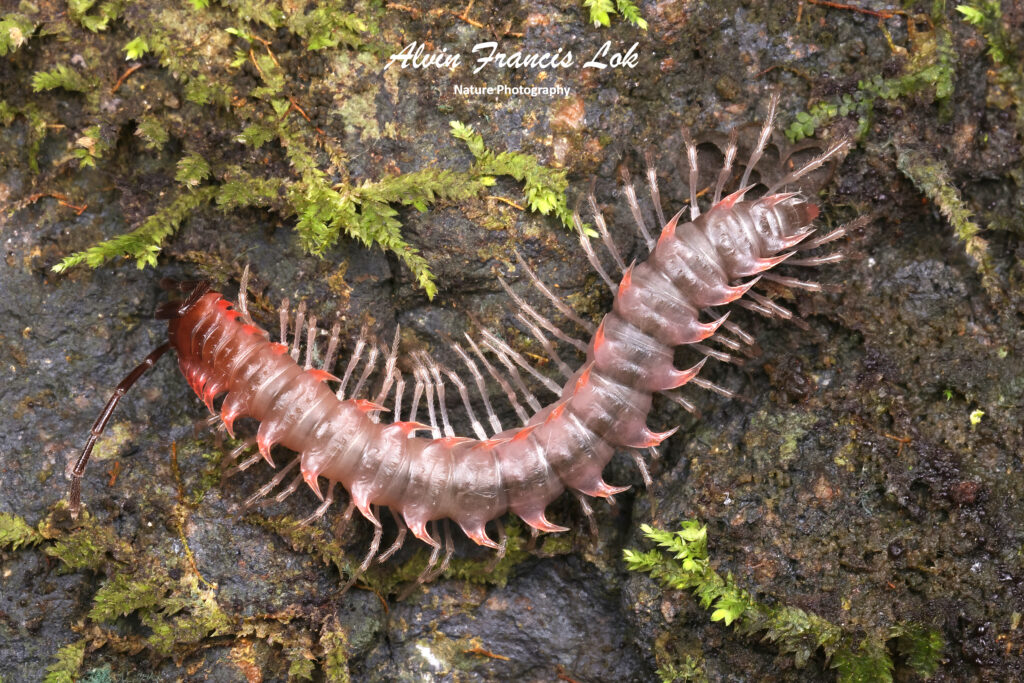
(Phuket, Thailand)
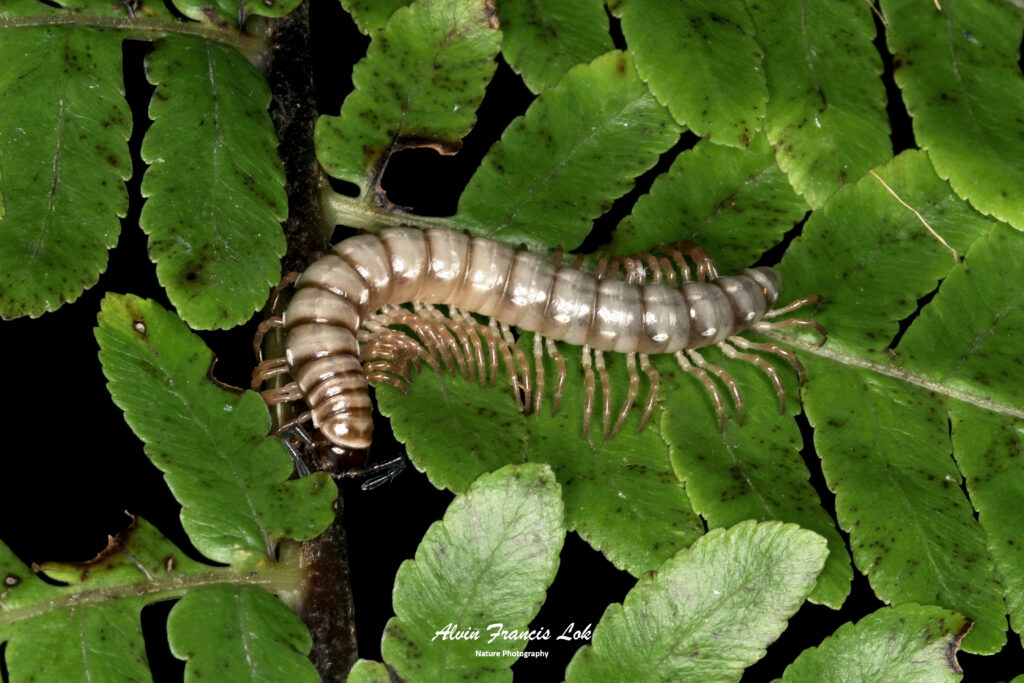
(Doi Inthanon NP, Thailand)
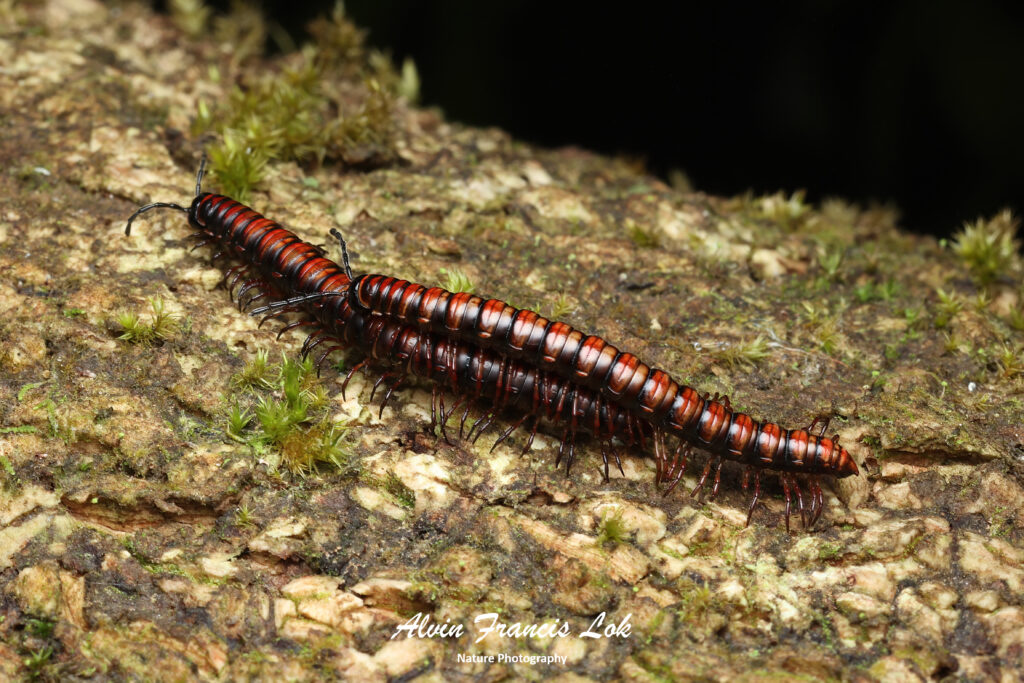
(Khao Yai NP, Thailand)
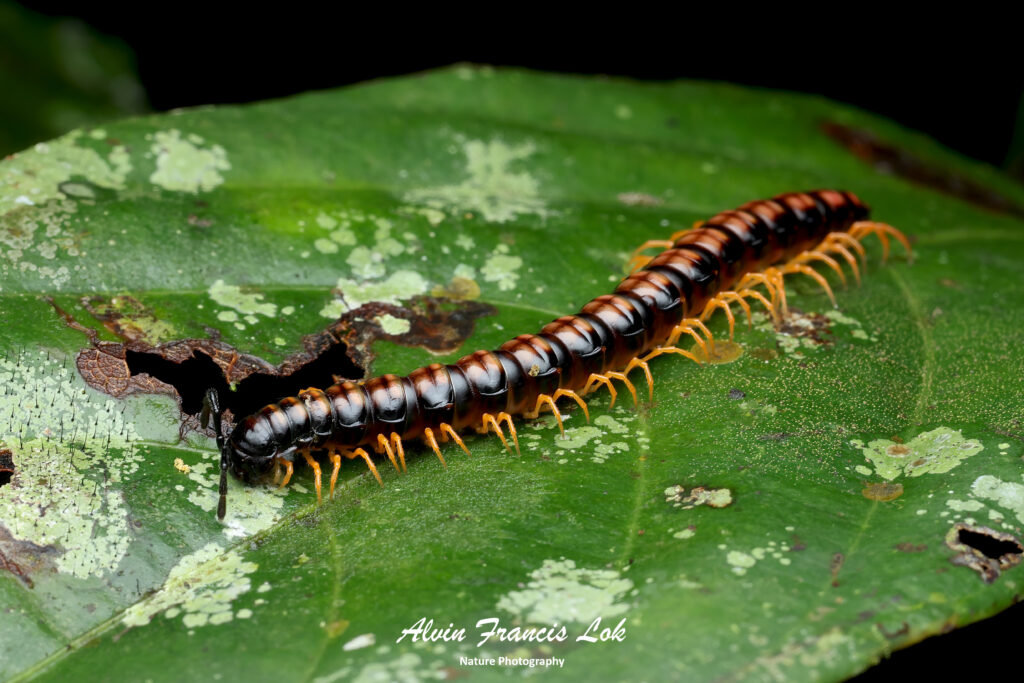
(Sabah, Malaysia)
Subfamily Paradoxosomatinae
Tribe Orthomorphini

(Singapore)
Tribe Sulciferini
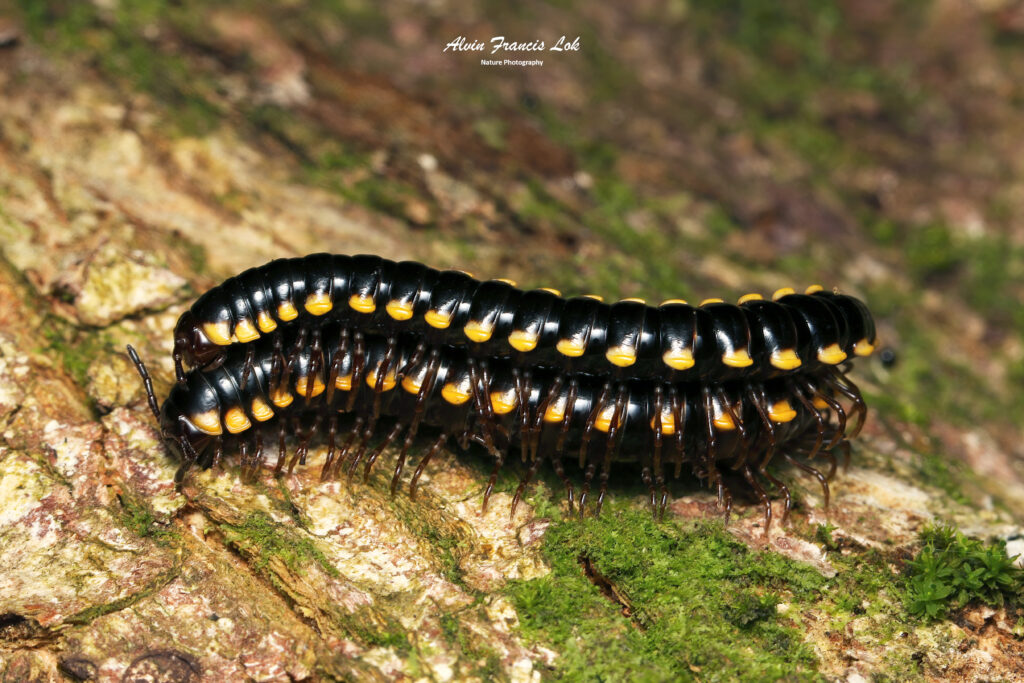
(Singapore)
Tribe Sundaninini
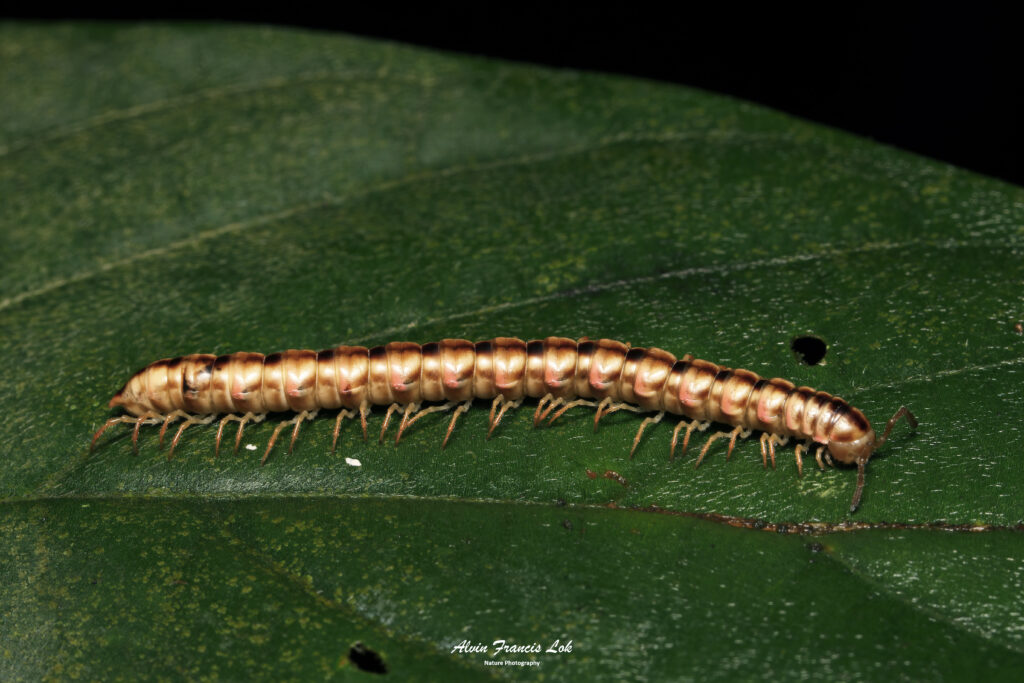
(Singapore)
Tribe Tectoporini
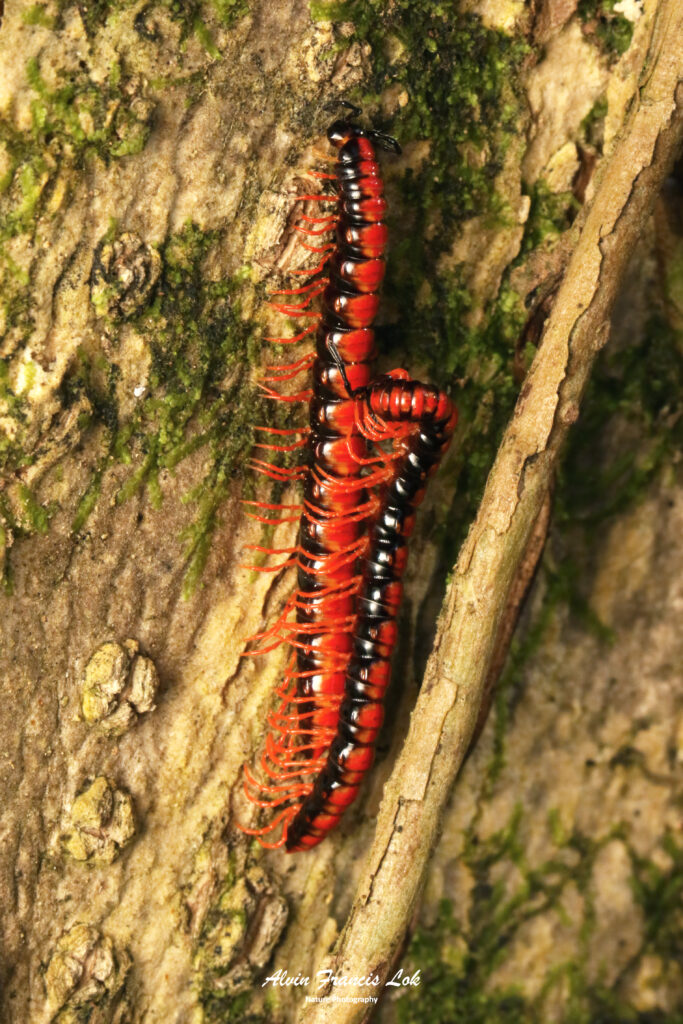
(Singapore)
Family Platyrhacidae

(Sarawak, Malaysia)
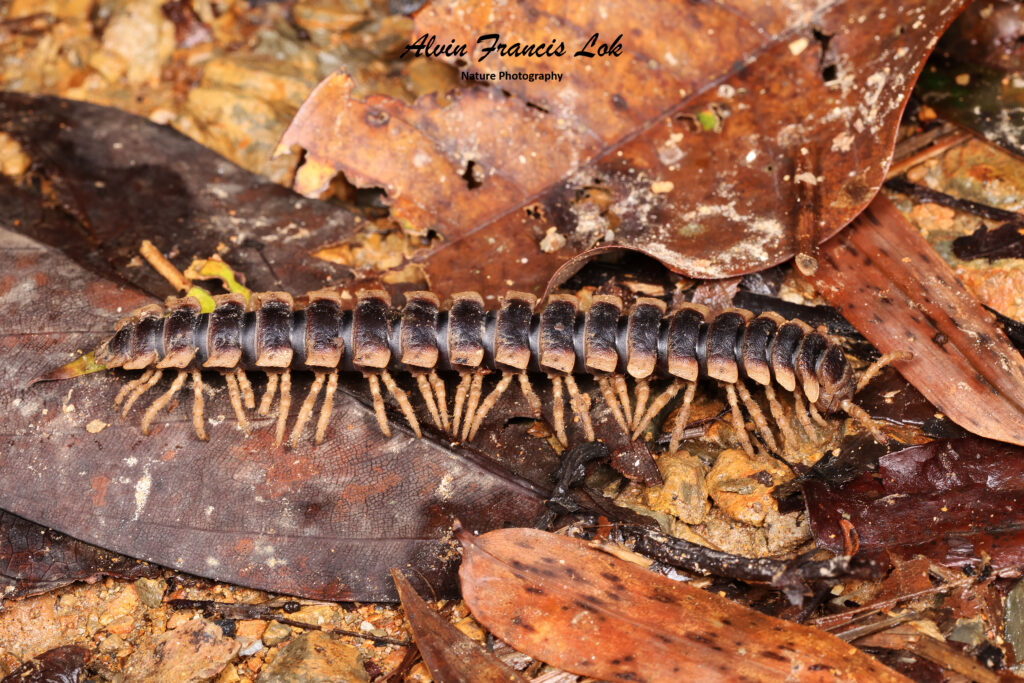
(Khao Sok NP, Thailand)
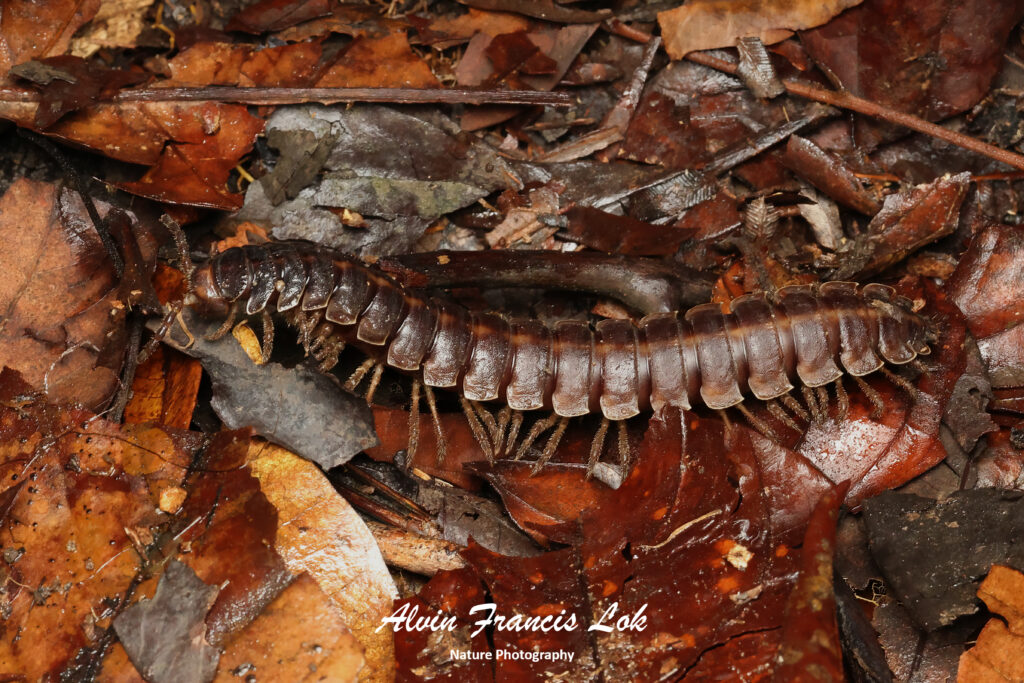
(Singapore)
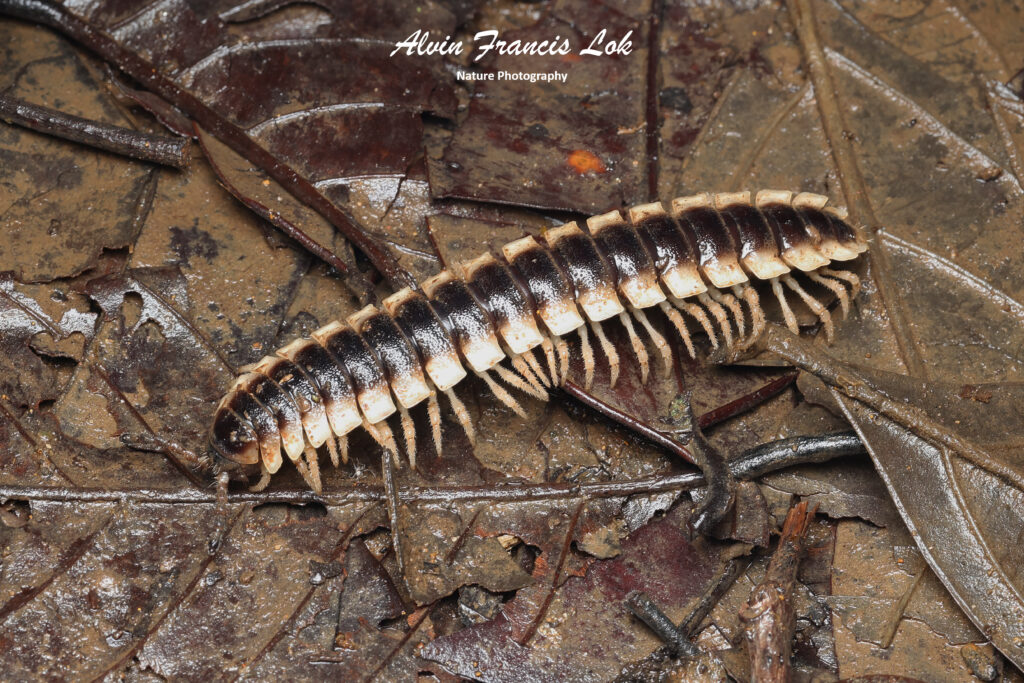
(Sabah, Malaysia)
Subfamily Barydesminae
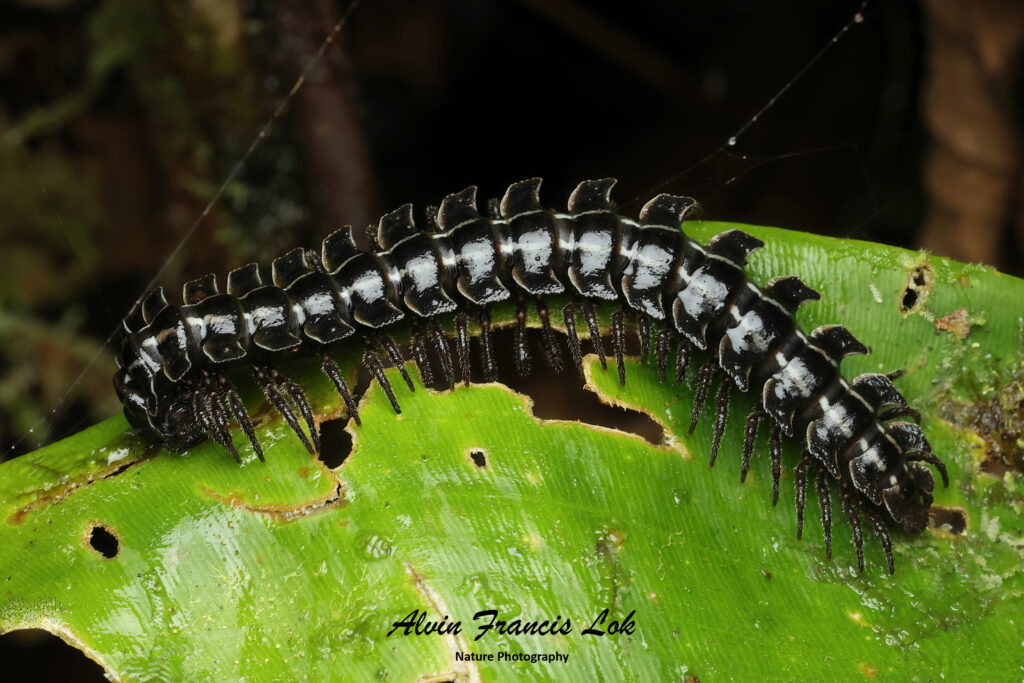
(Tandayapa, Ecuador)
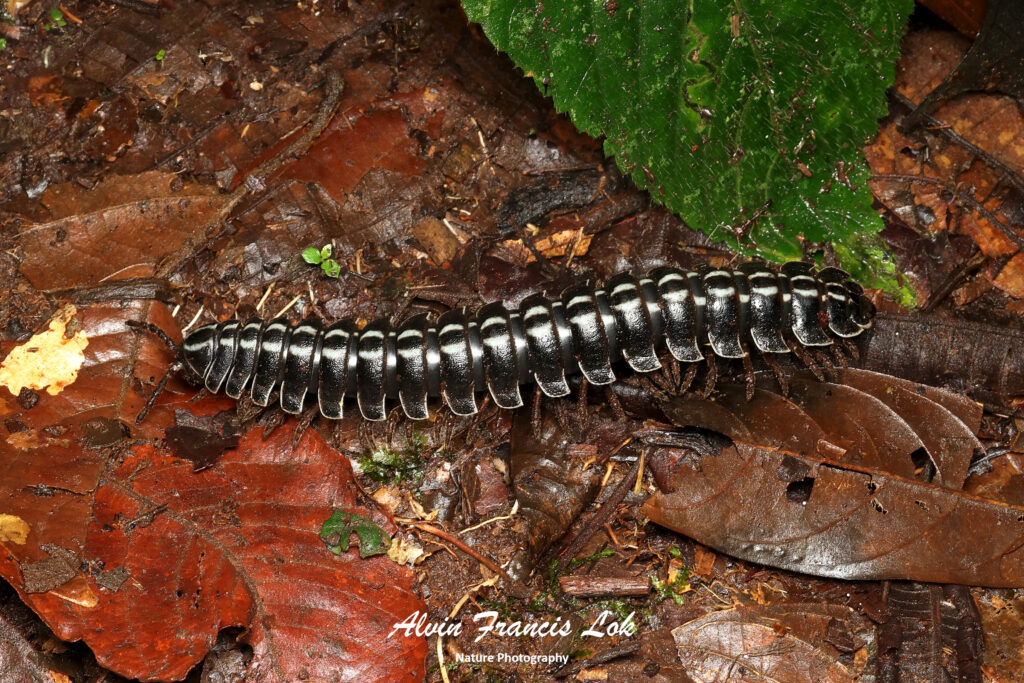
(Sumaco, Ecuador)
Subfamily Platyrhacinae
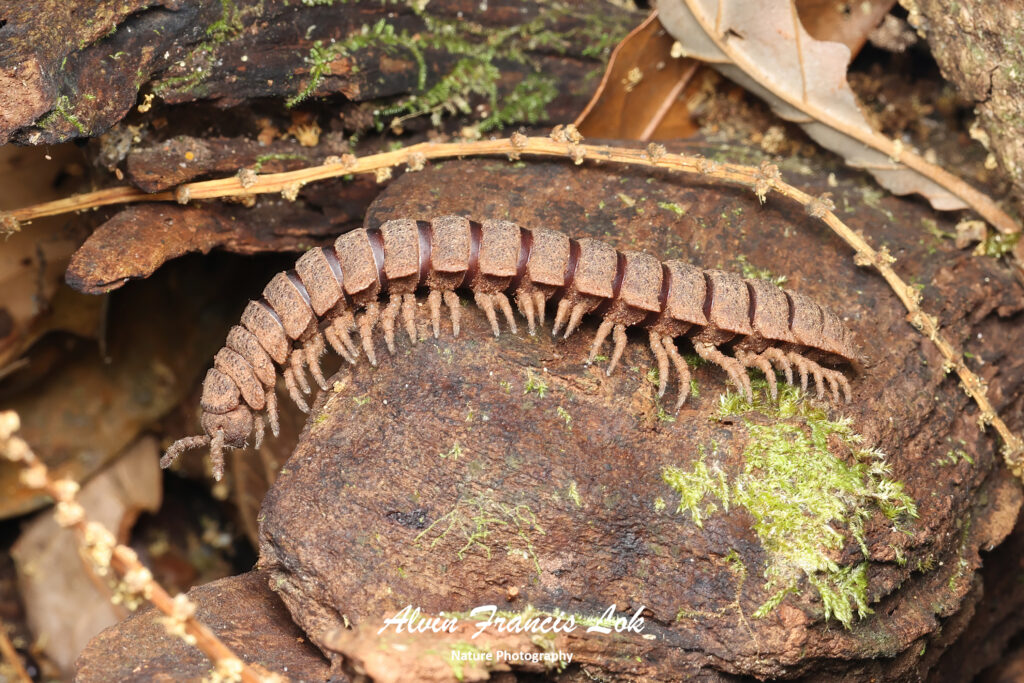
(Doi Inthanon NP, Thailand)
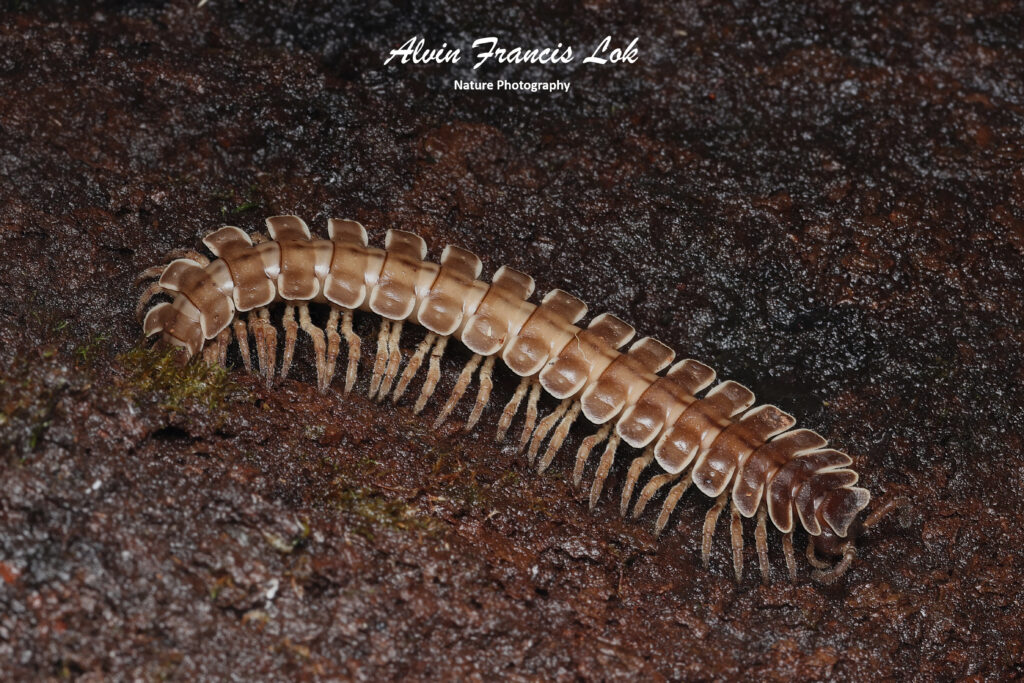
(Sabah, Malaysia)
Family Rhinocricidae
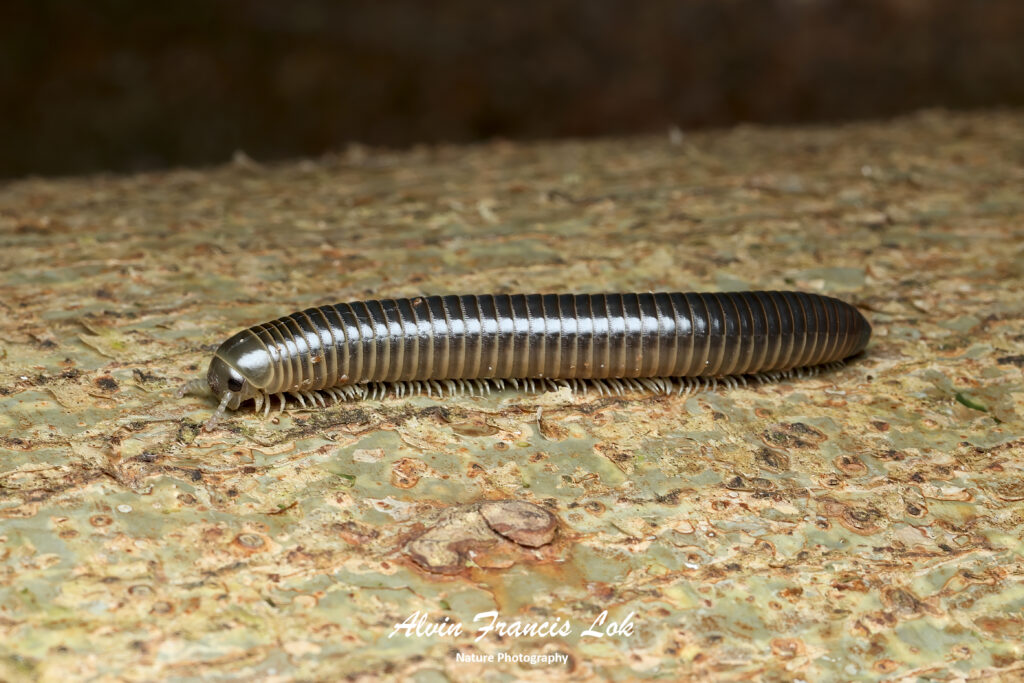
(Tangkoko NP, Indonesia)
Family Zephroniidae (Southeast Asian Pill Millipedes)
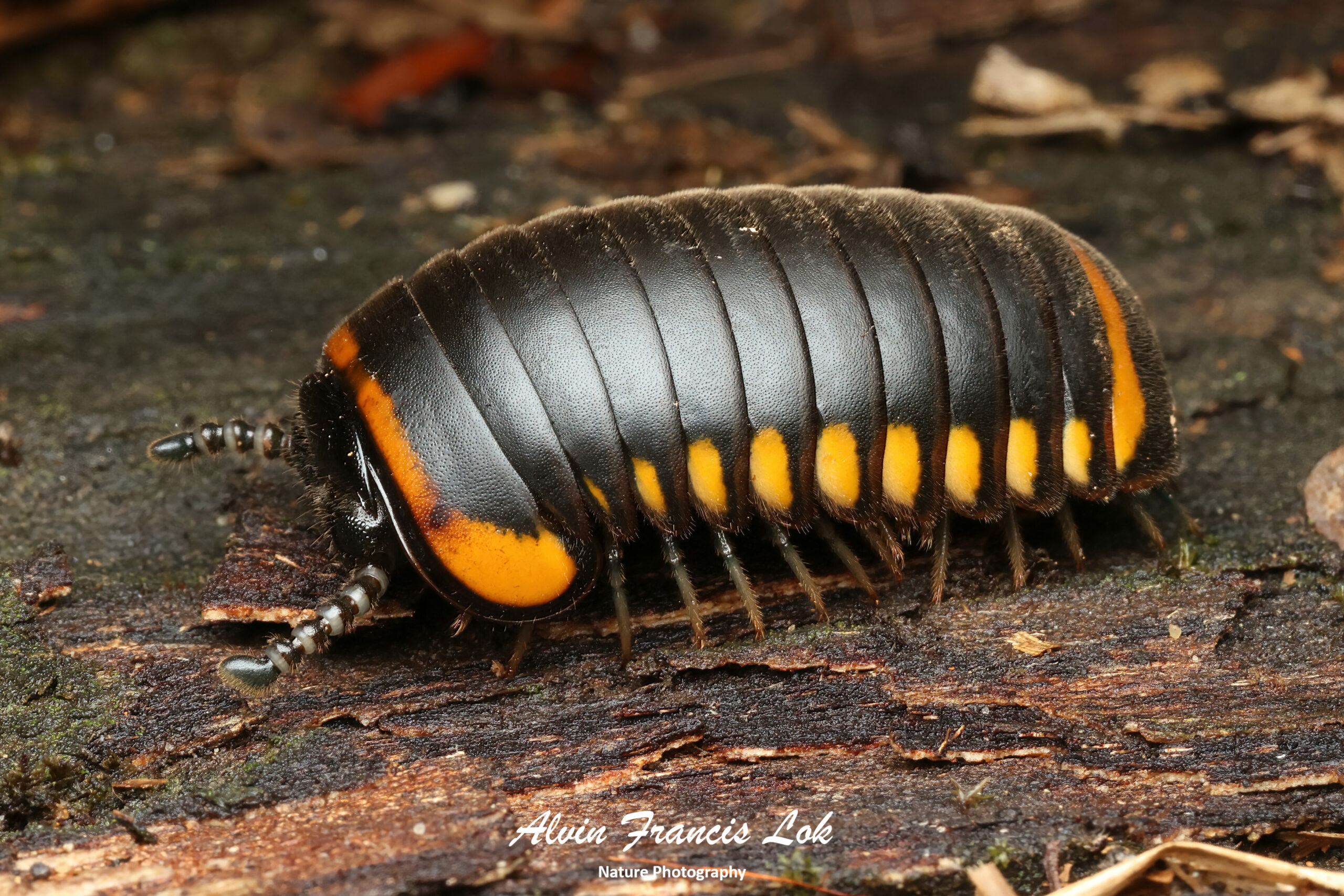
(Kaeng Krachan NP, Thailand)
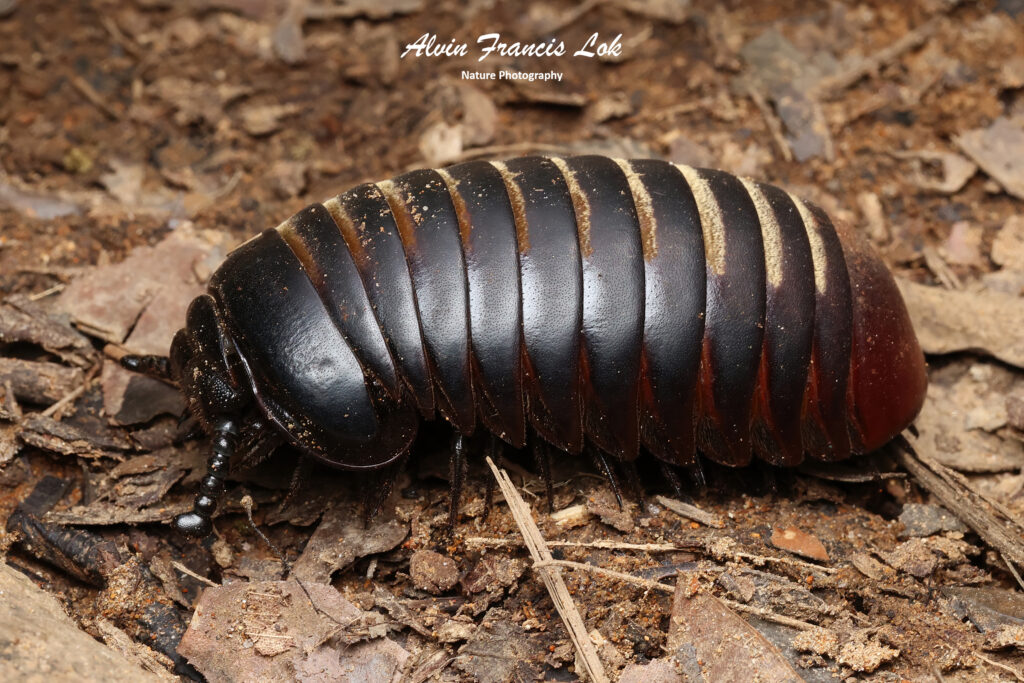
(Sabah, Malaysia)
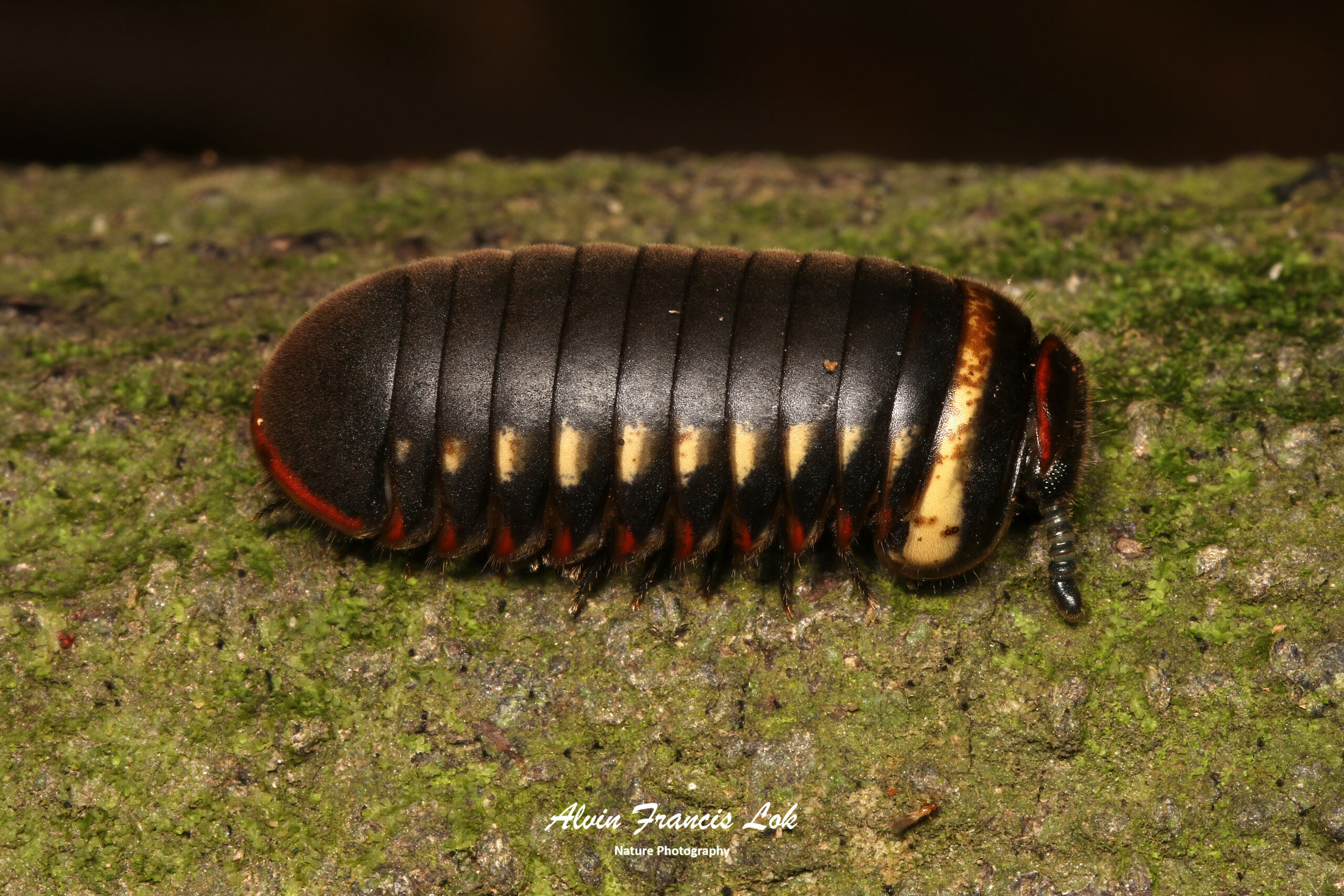
(Singapore)
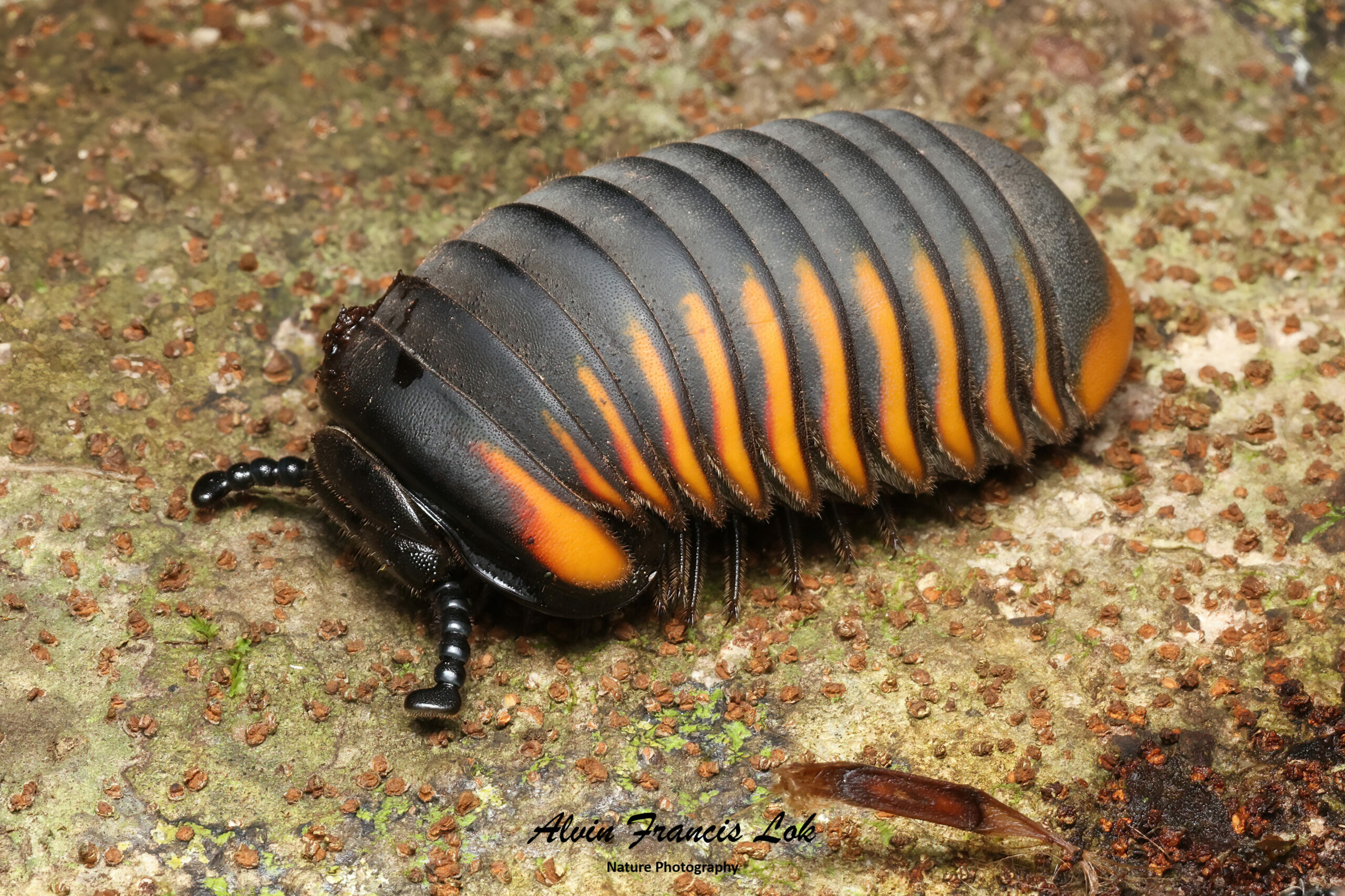
(Sarawak, Malaysia)

(Sarawak, Malaysia)
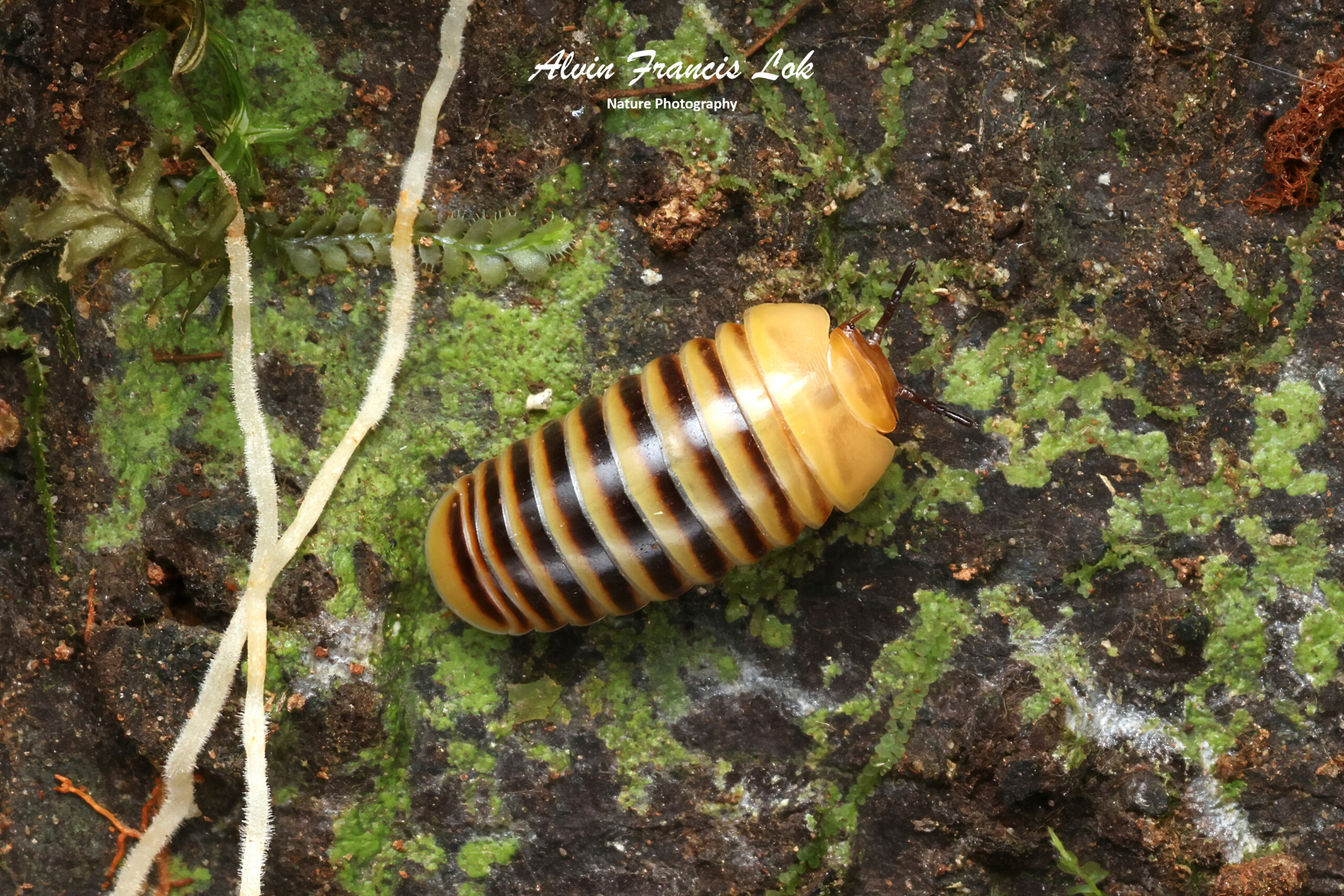
(Sarawak, Malaysia)
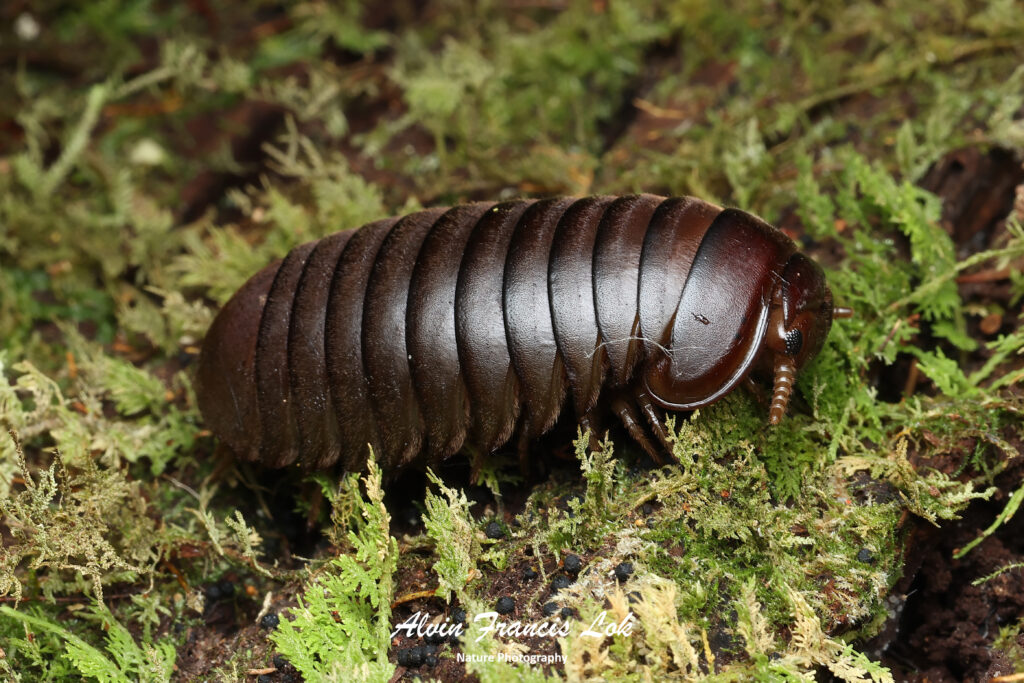
(Doi Inthanon NP, Thailand)